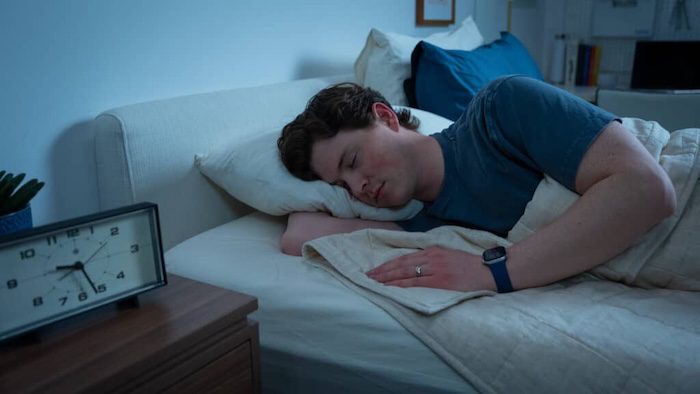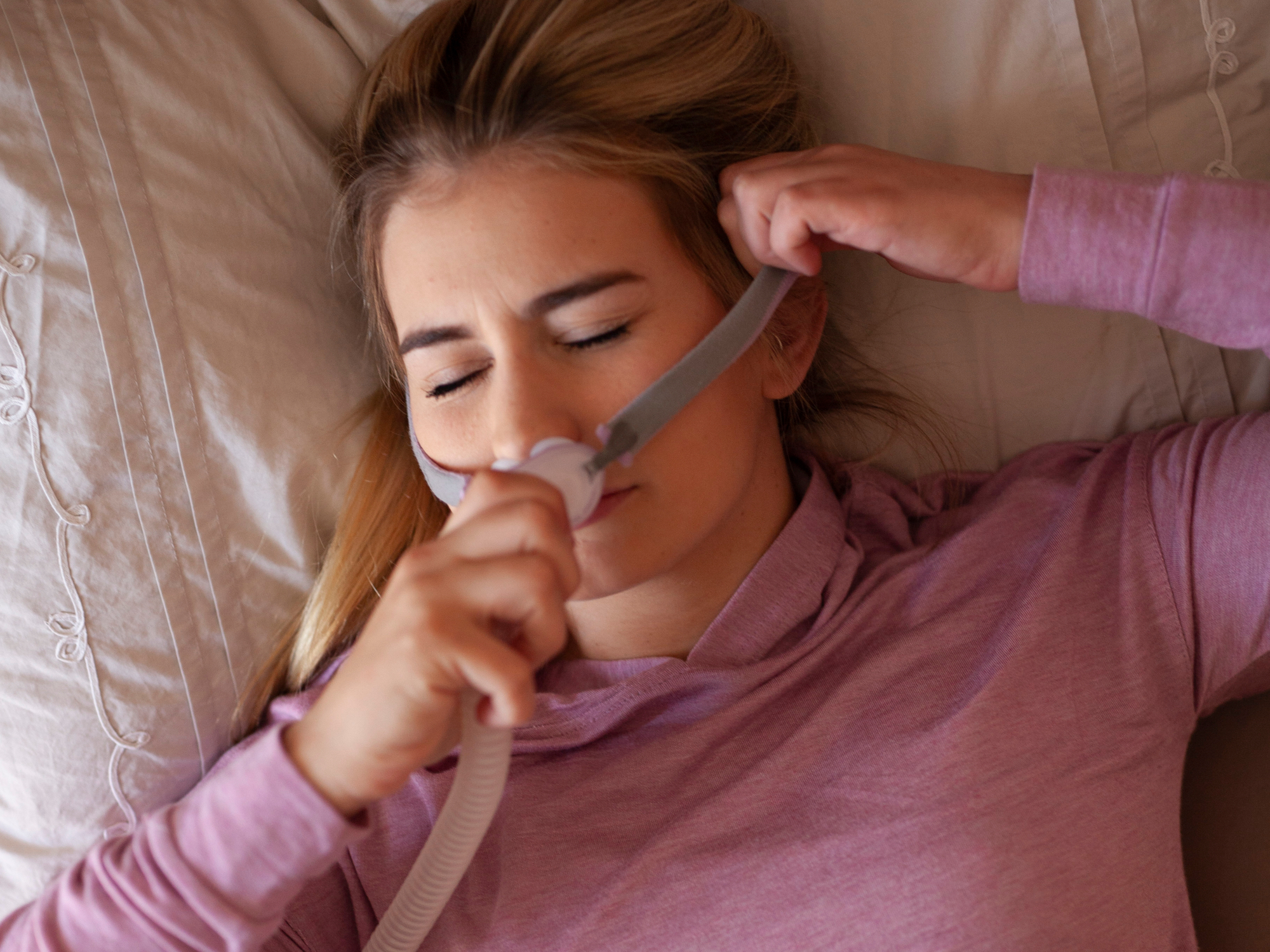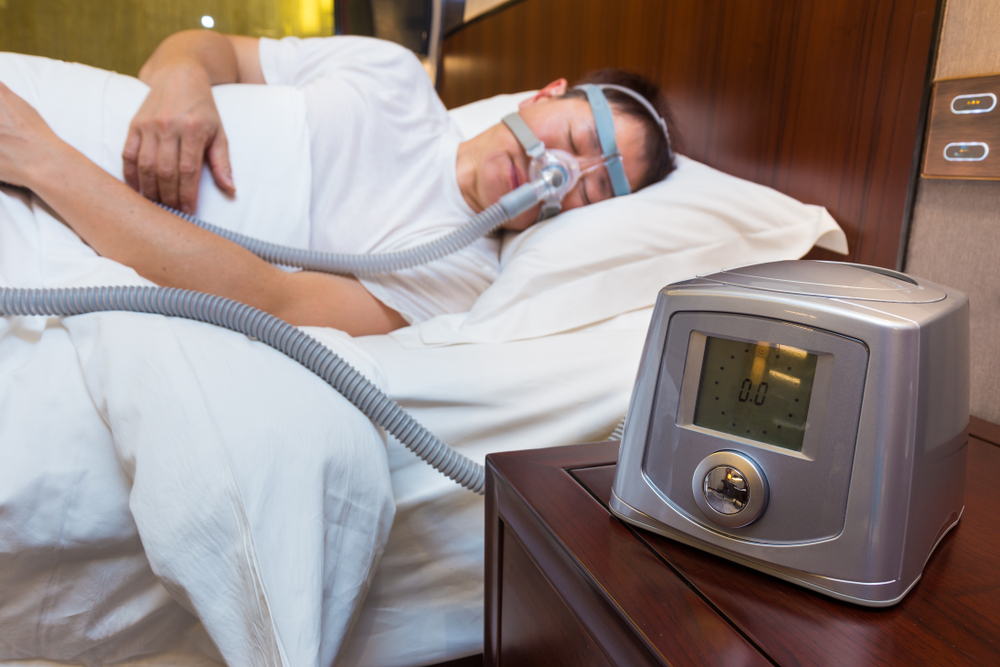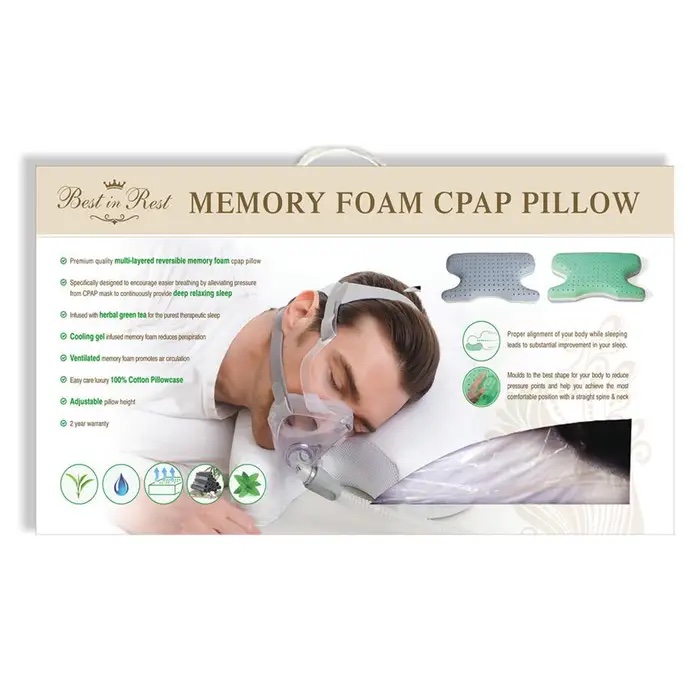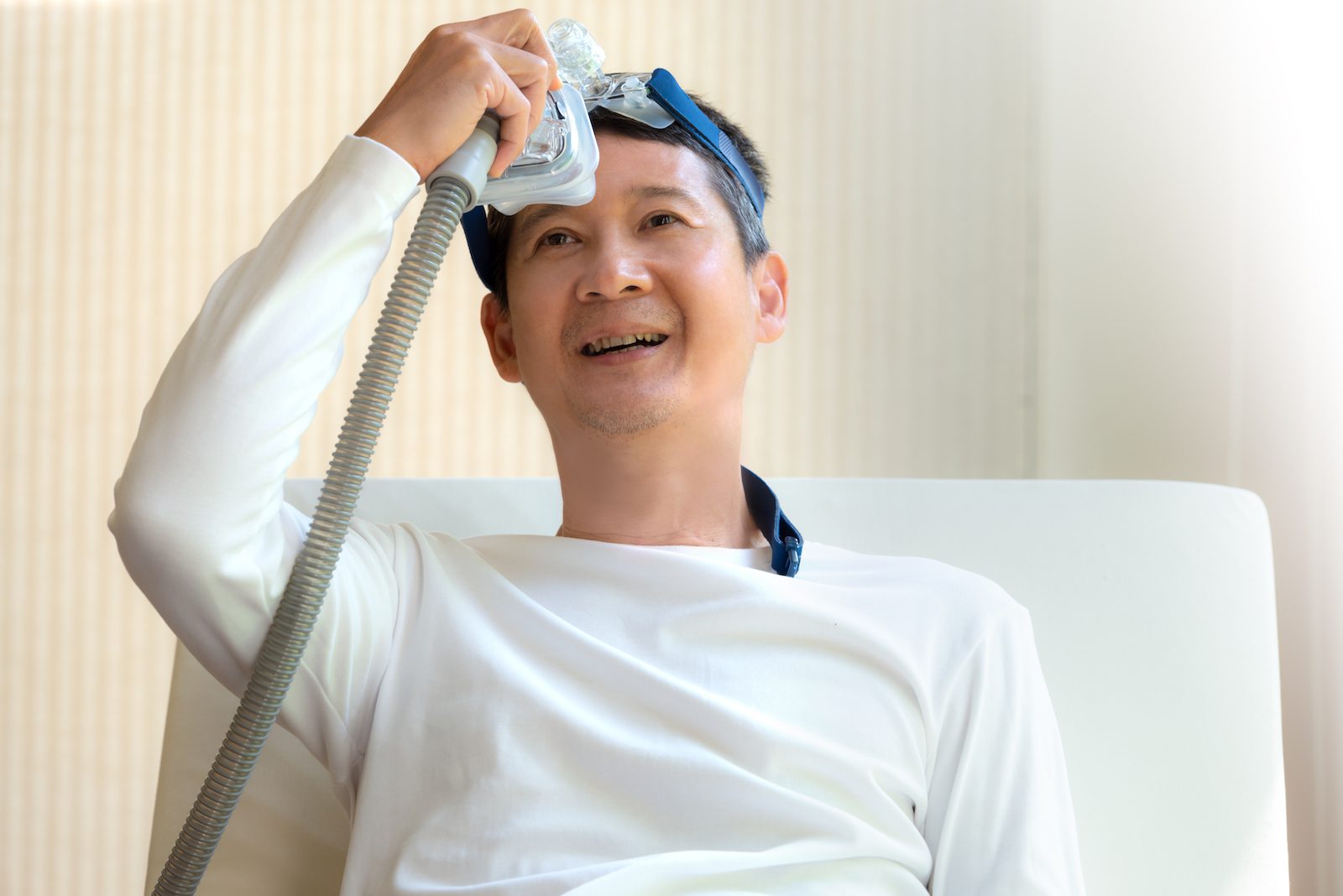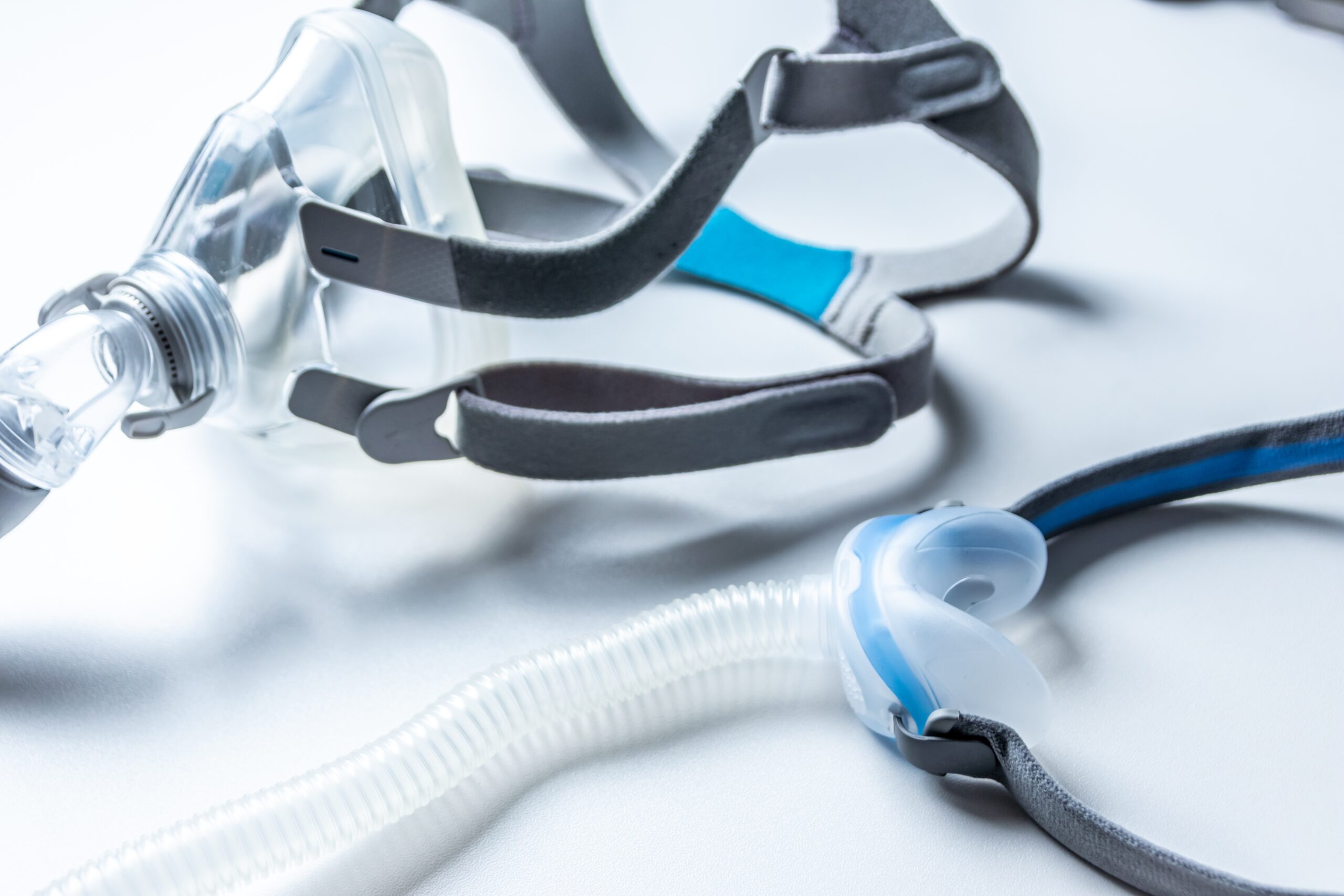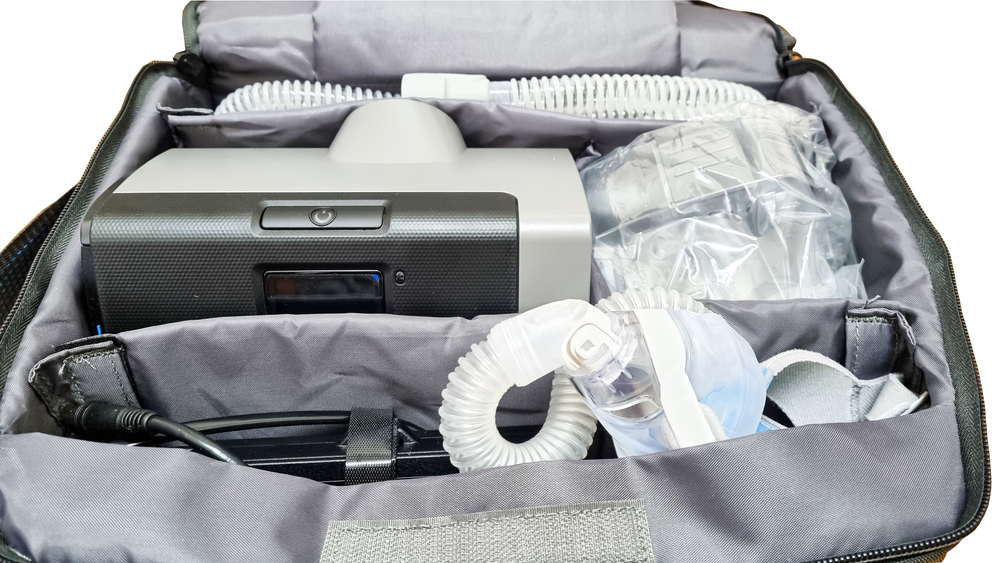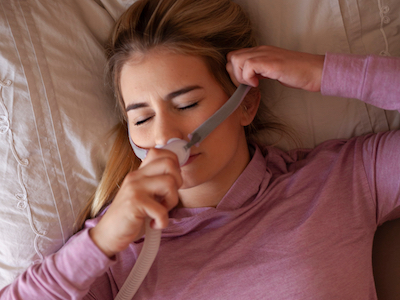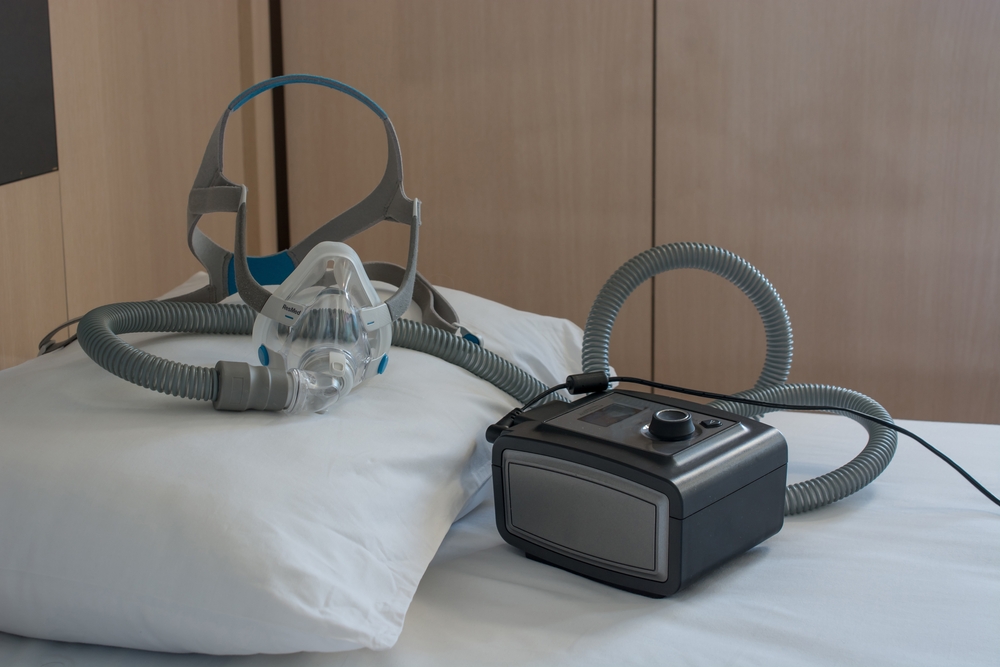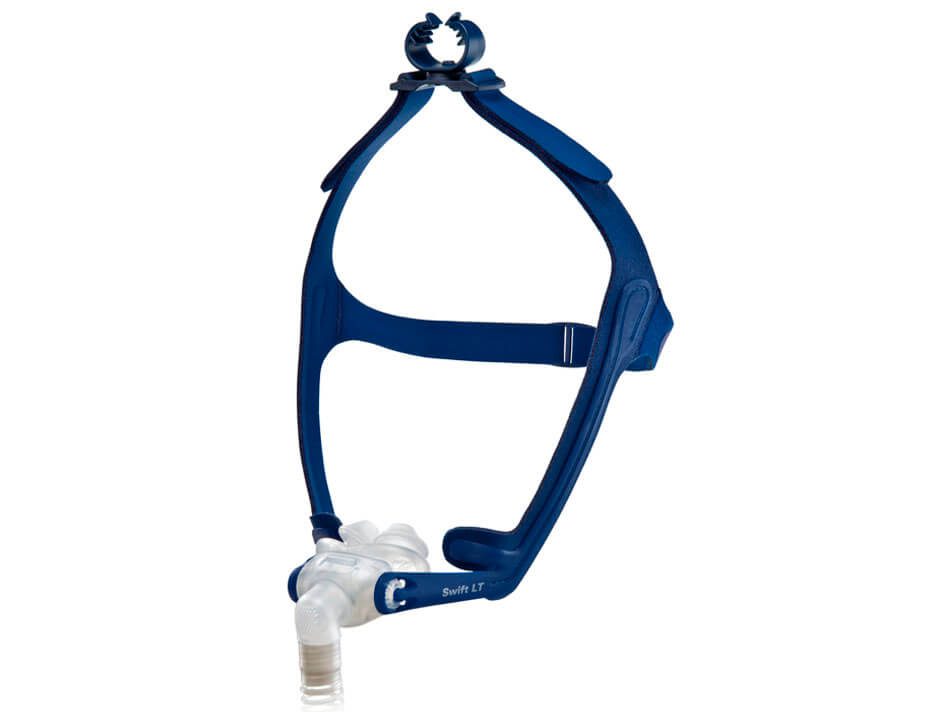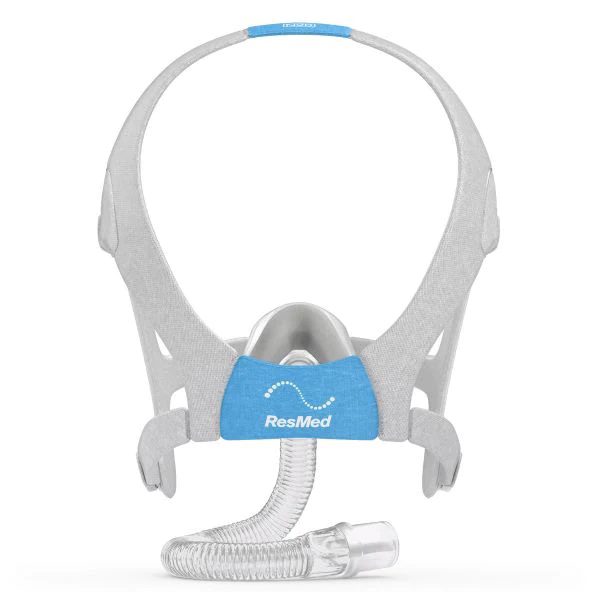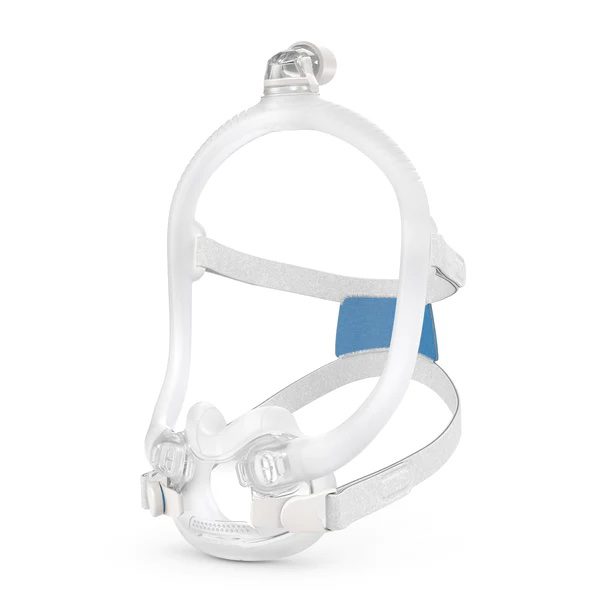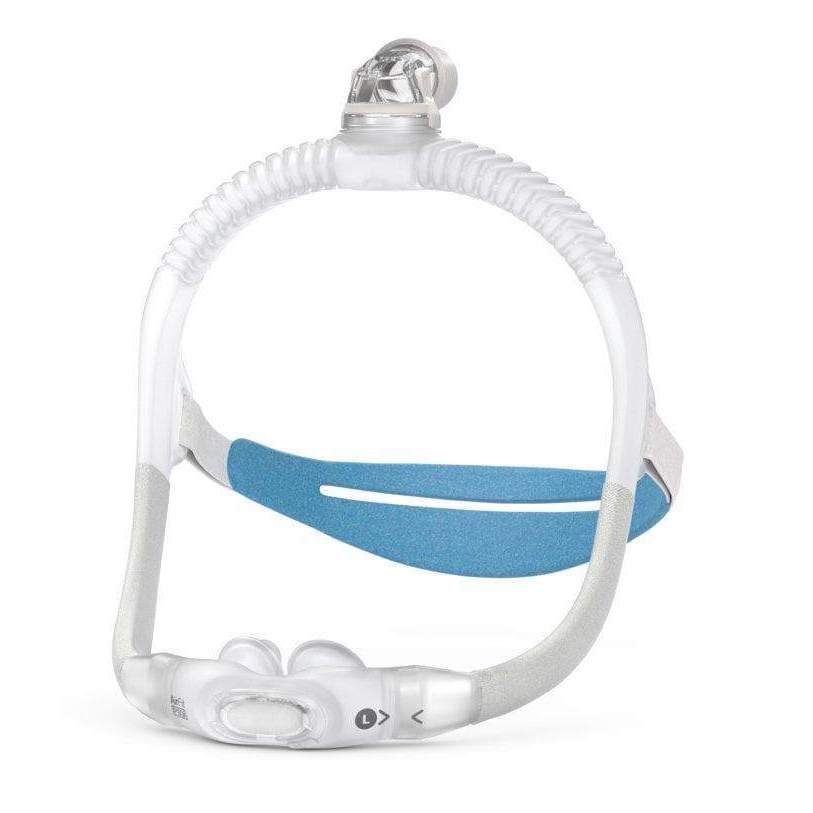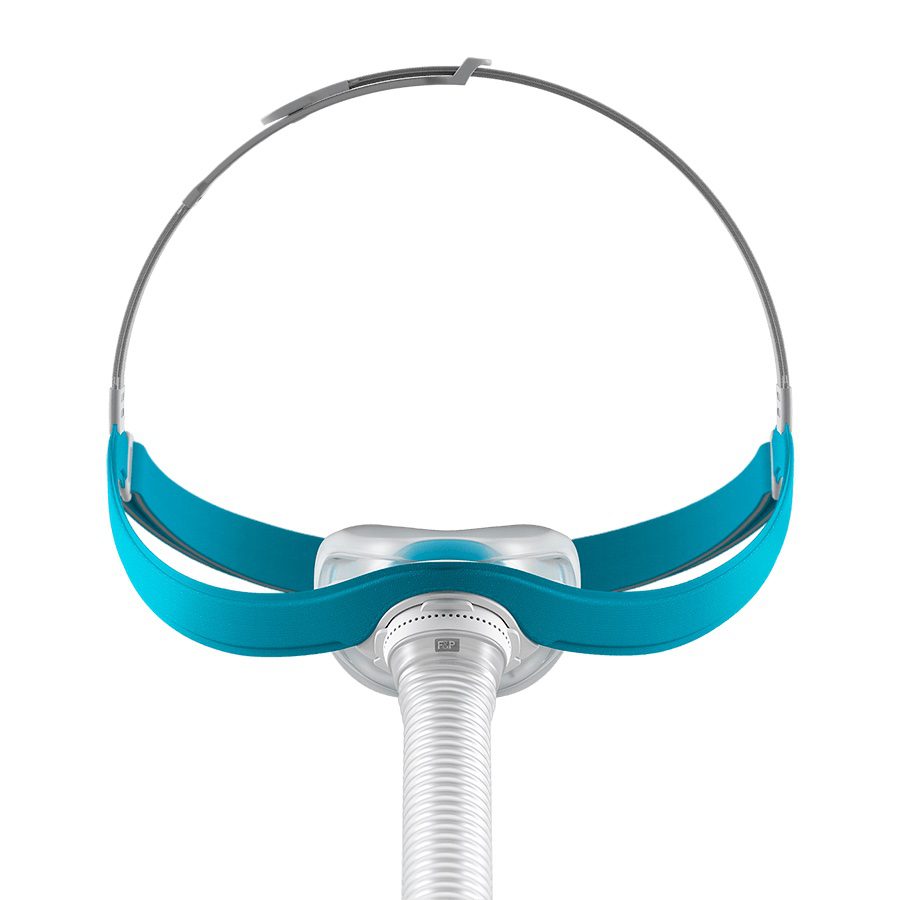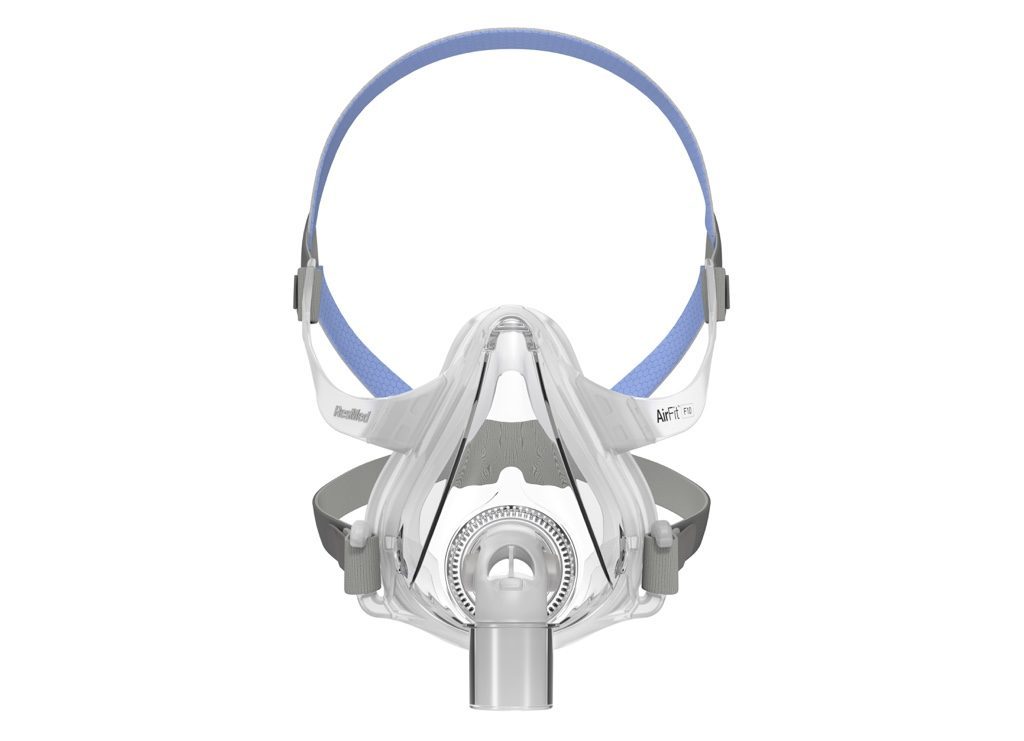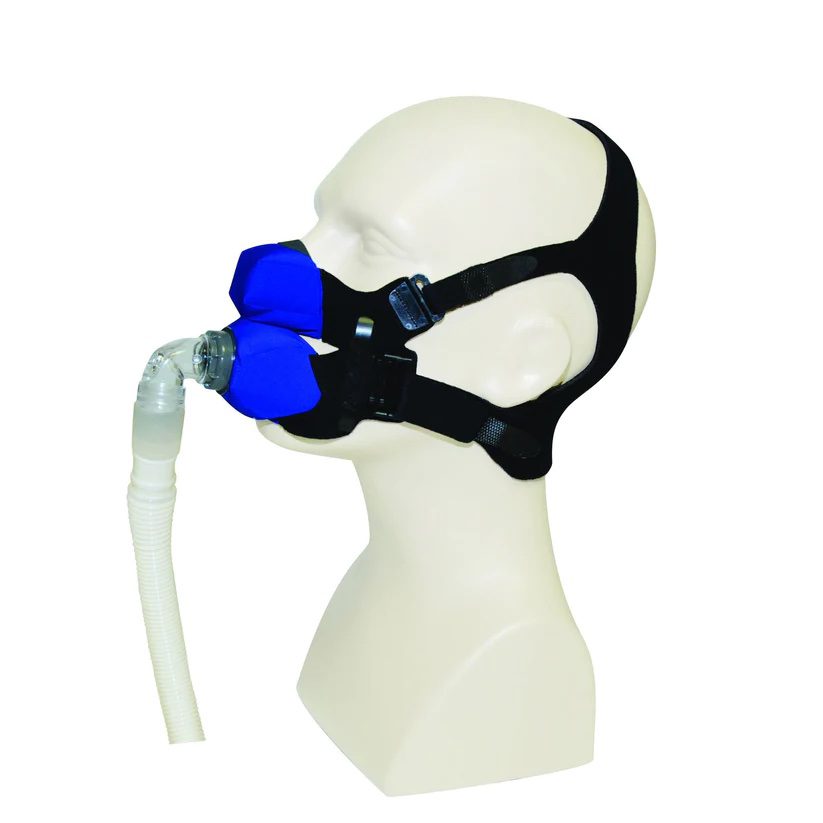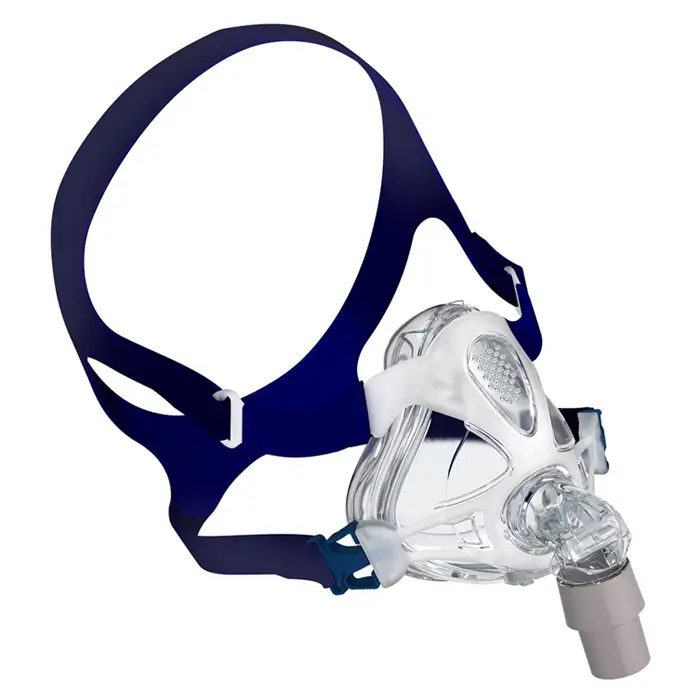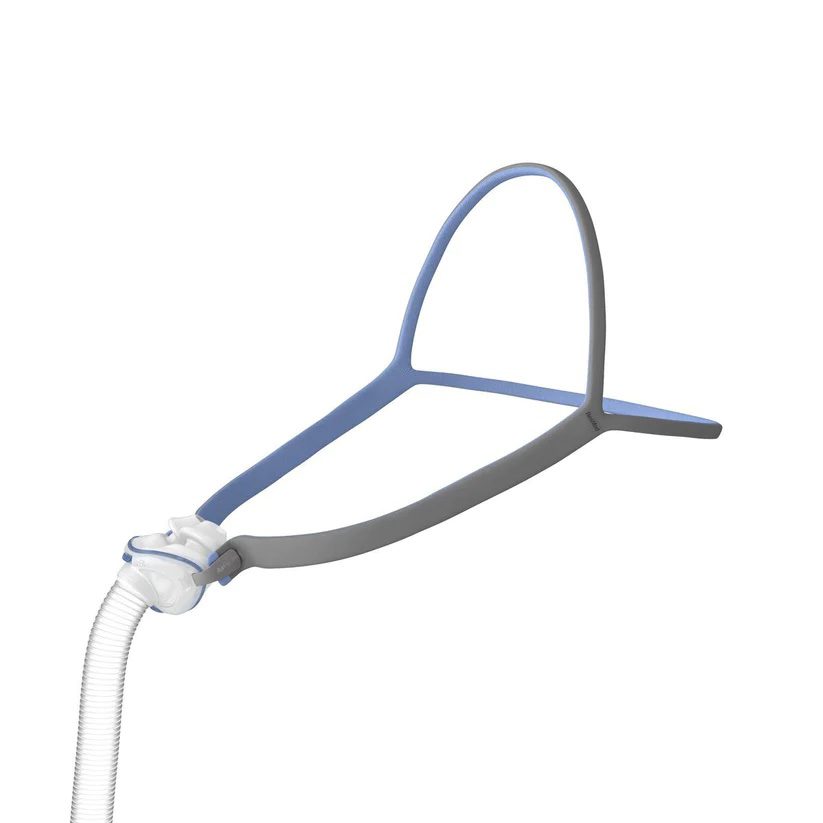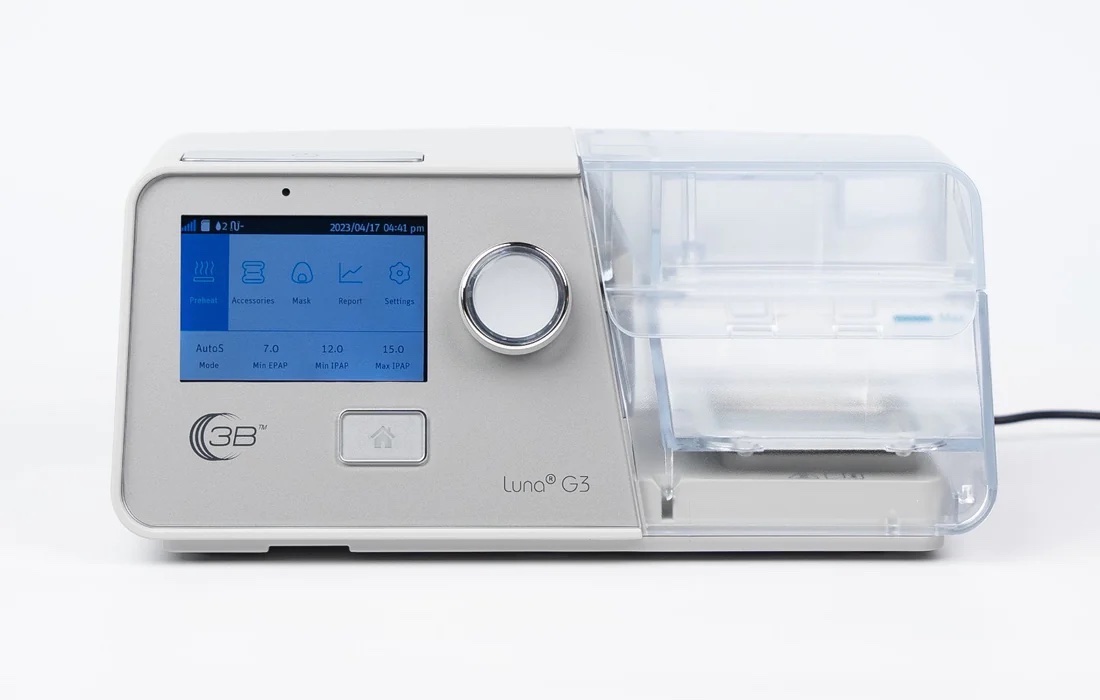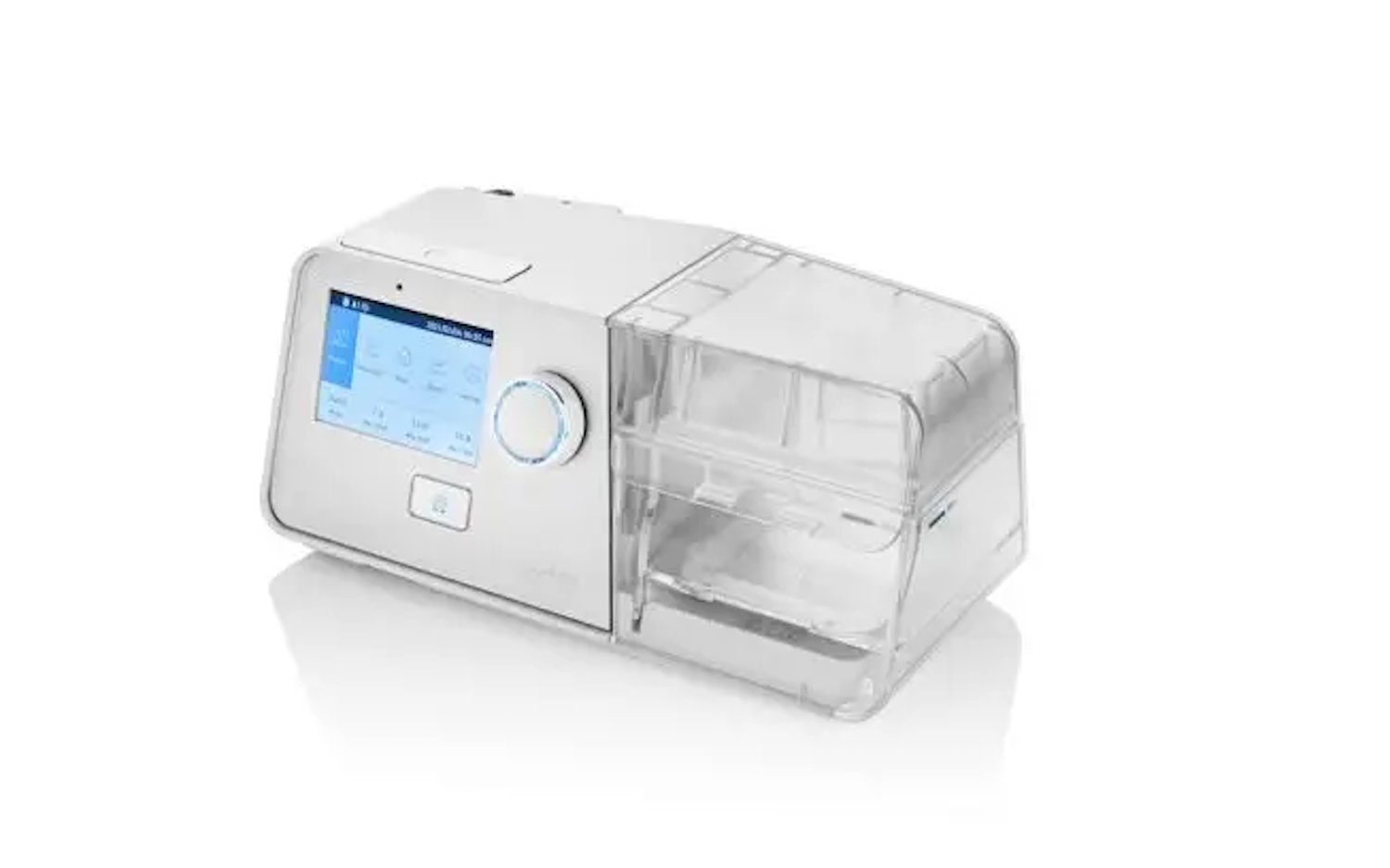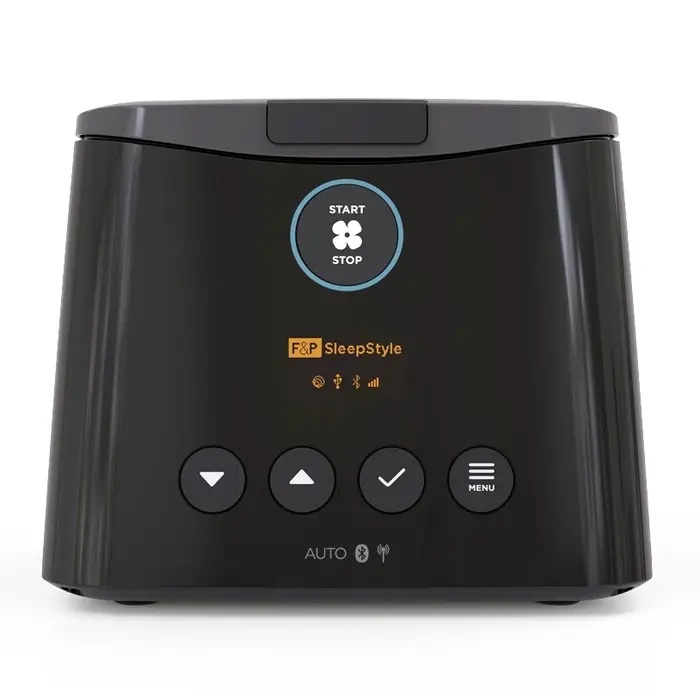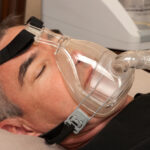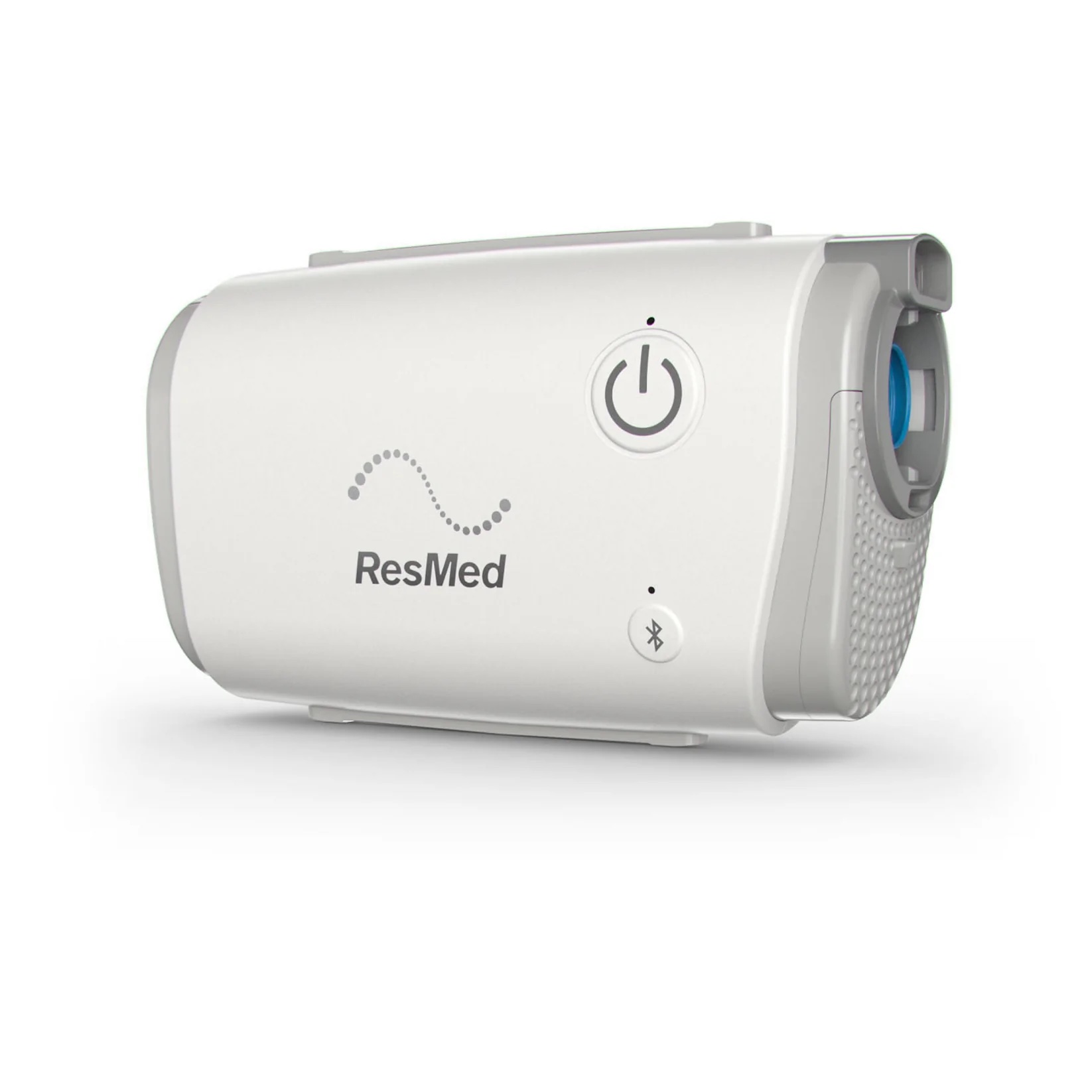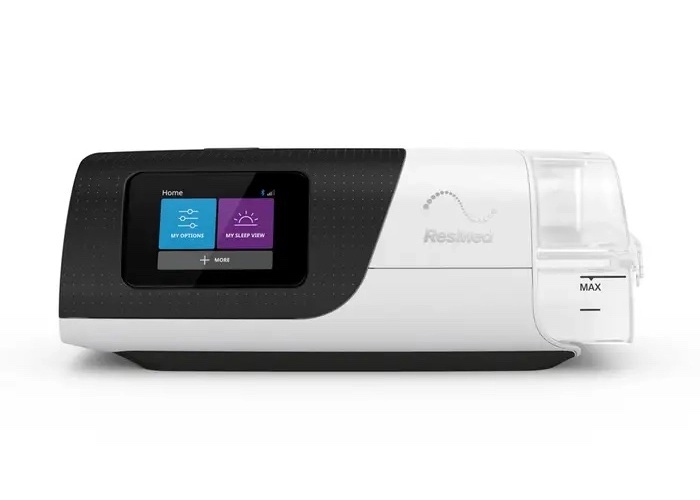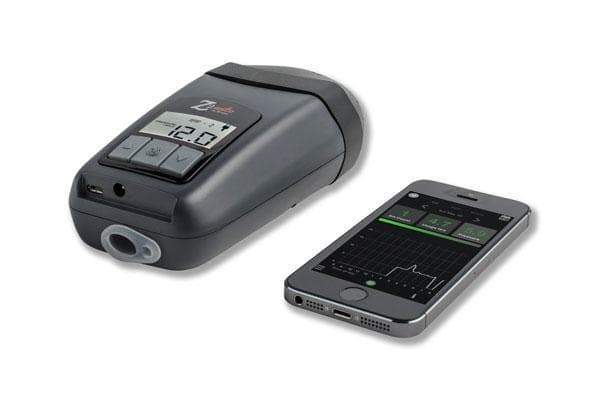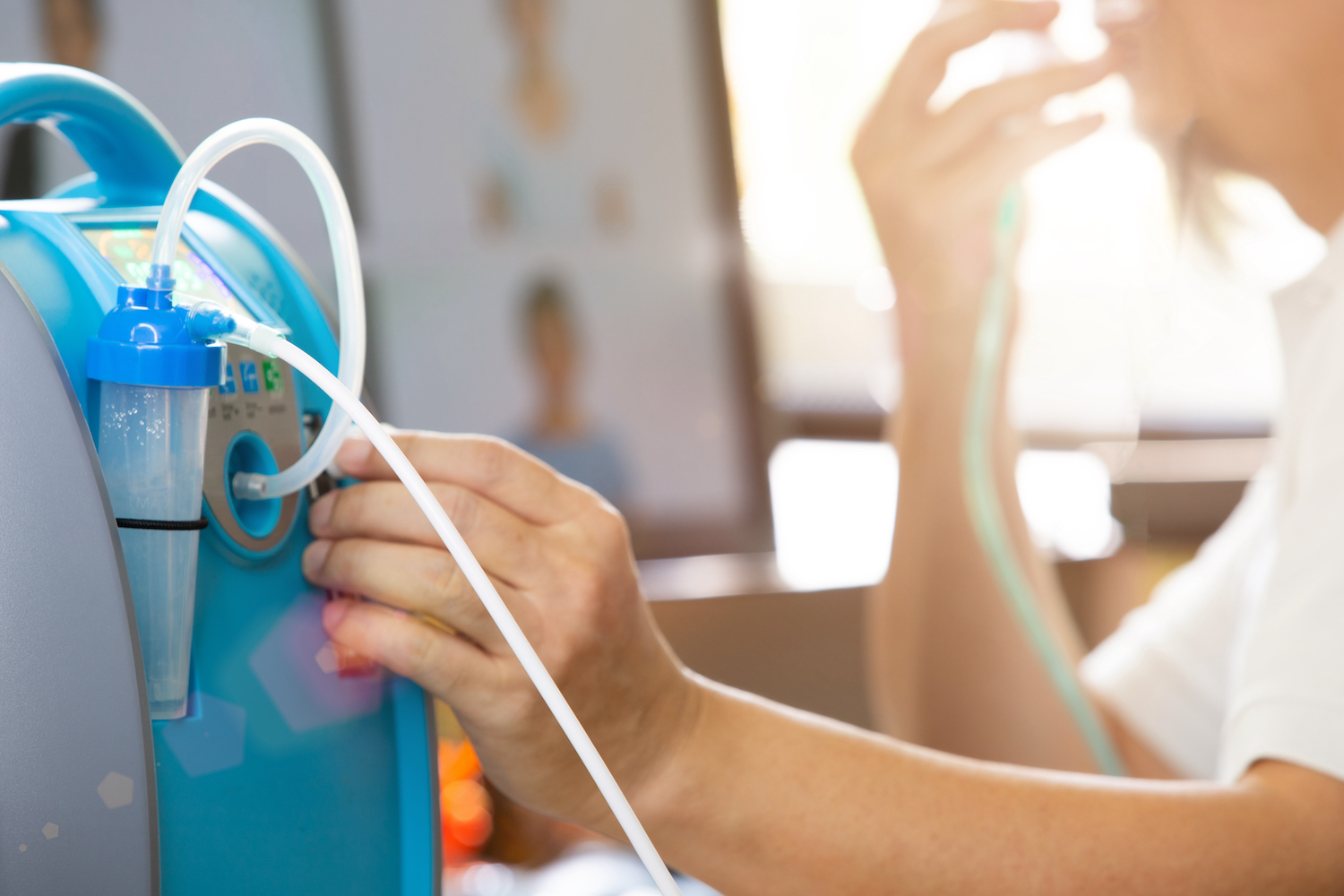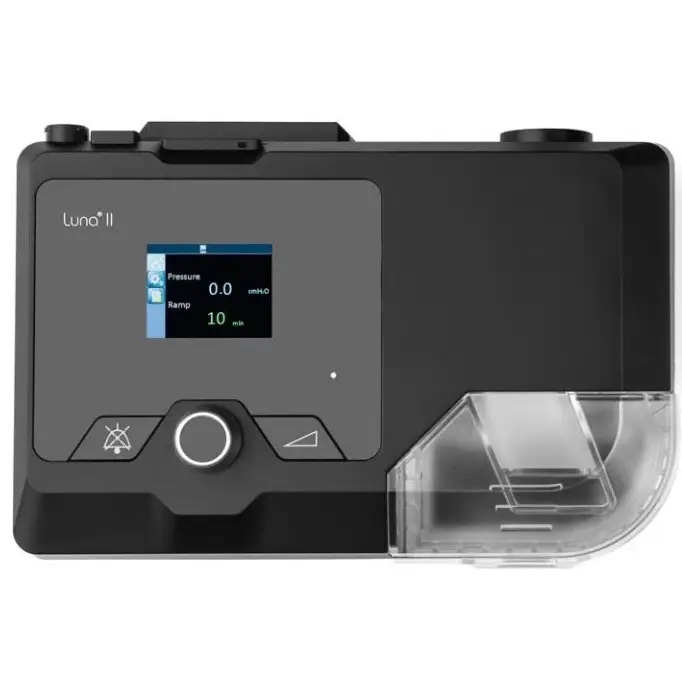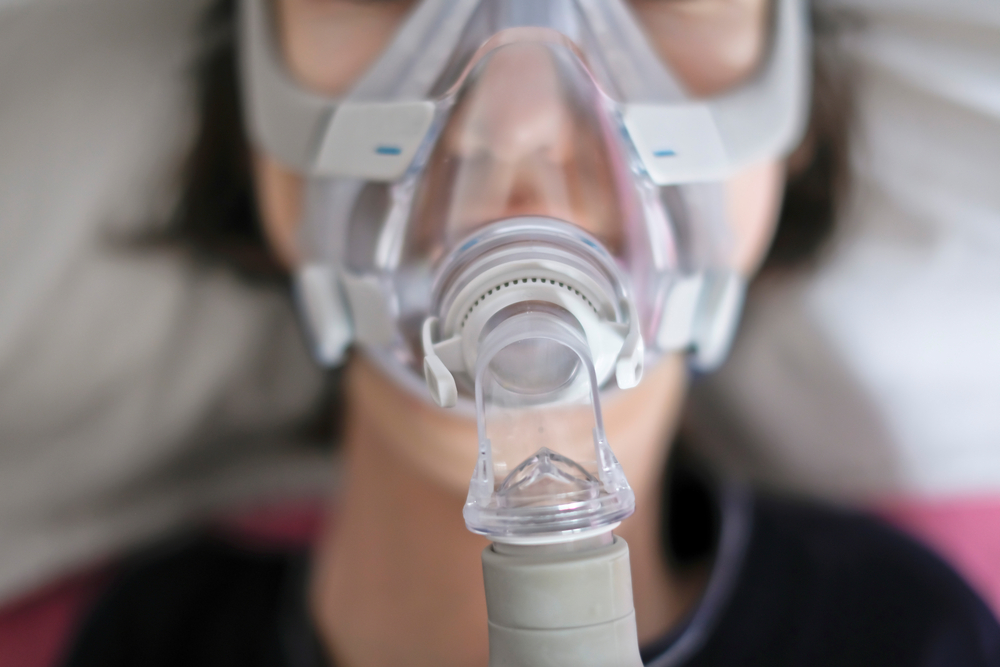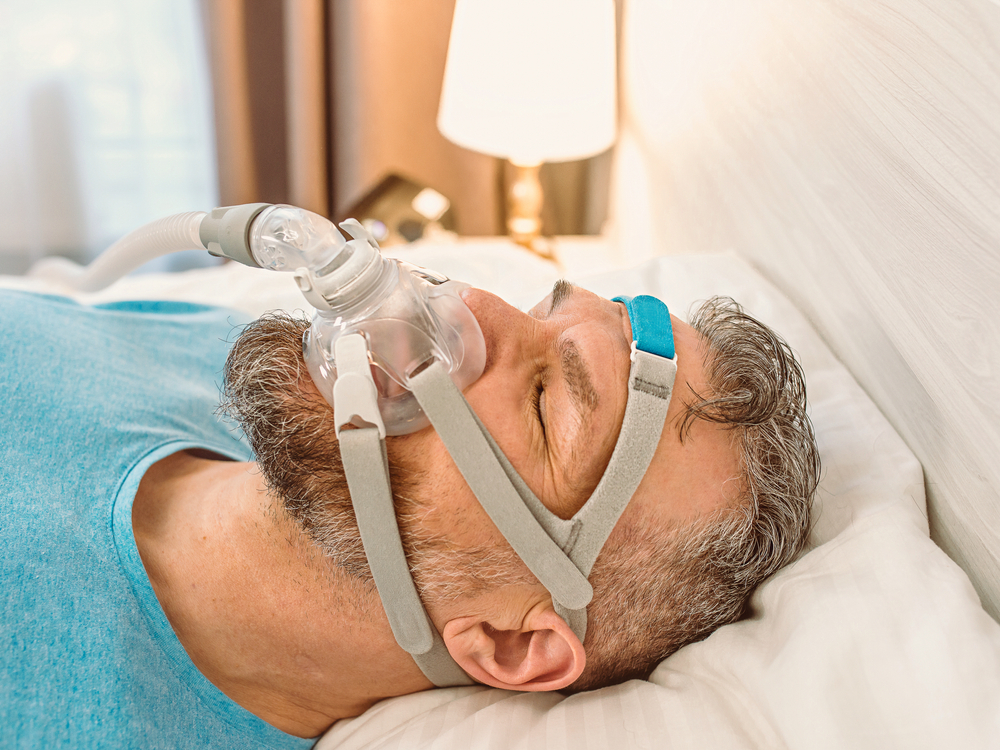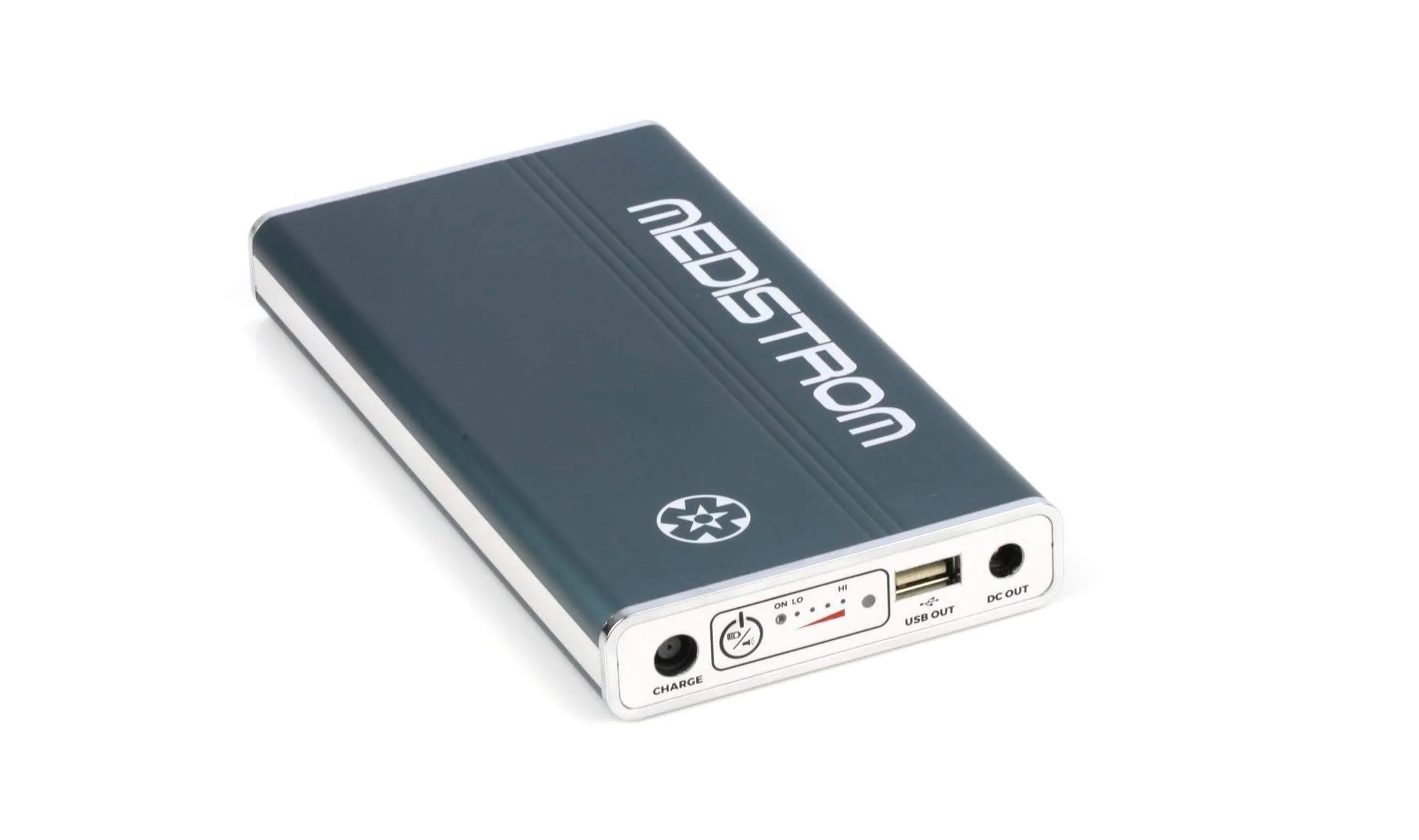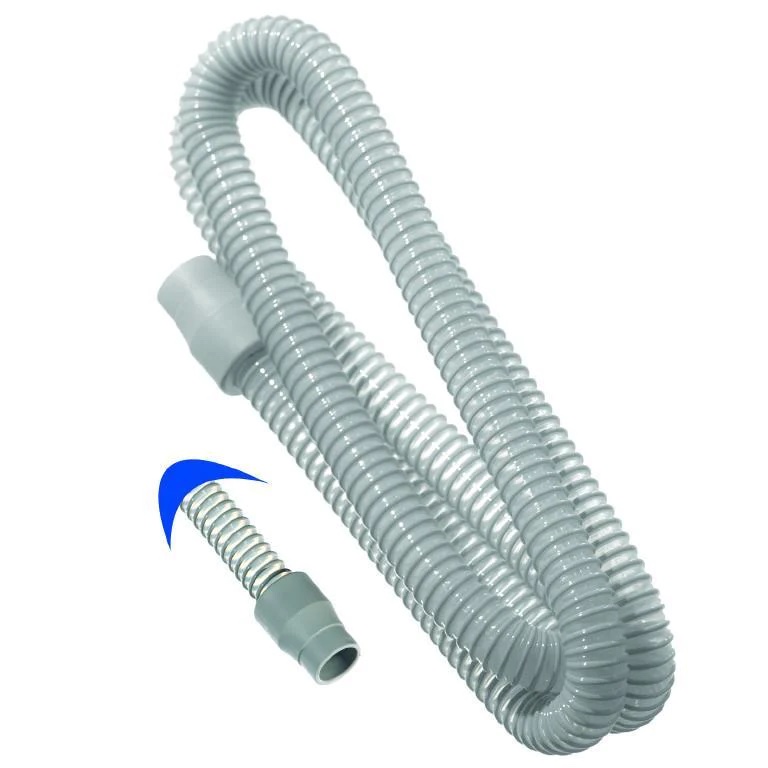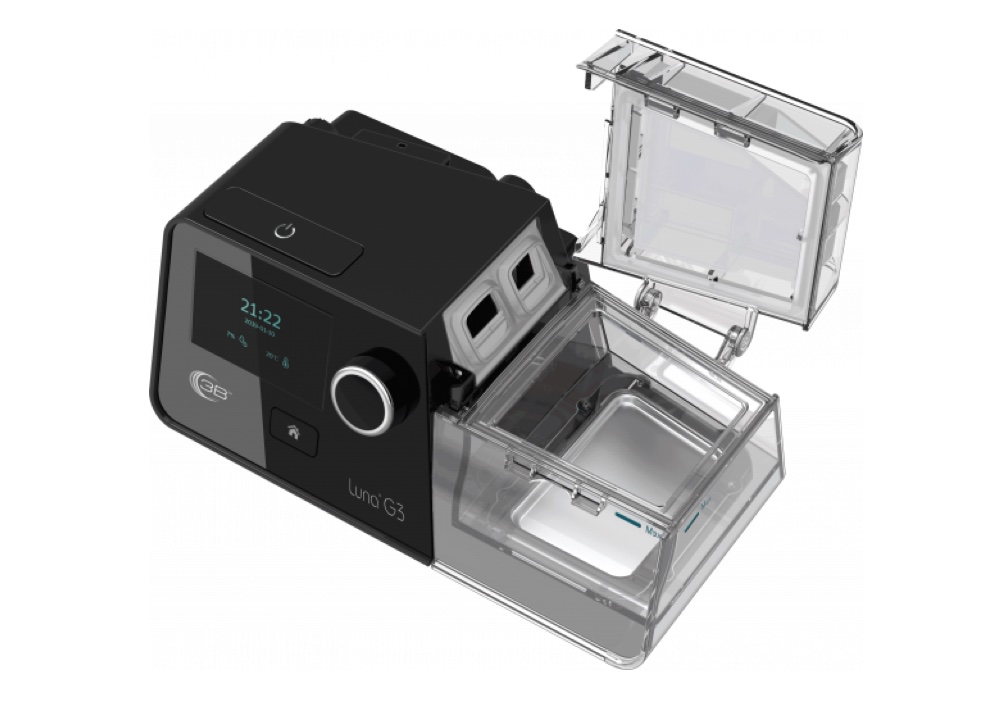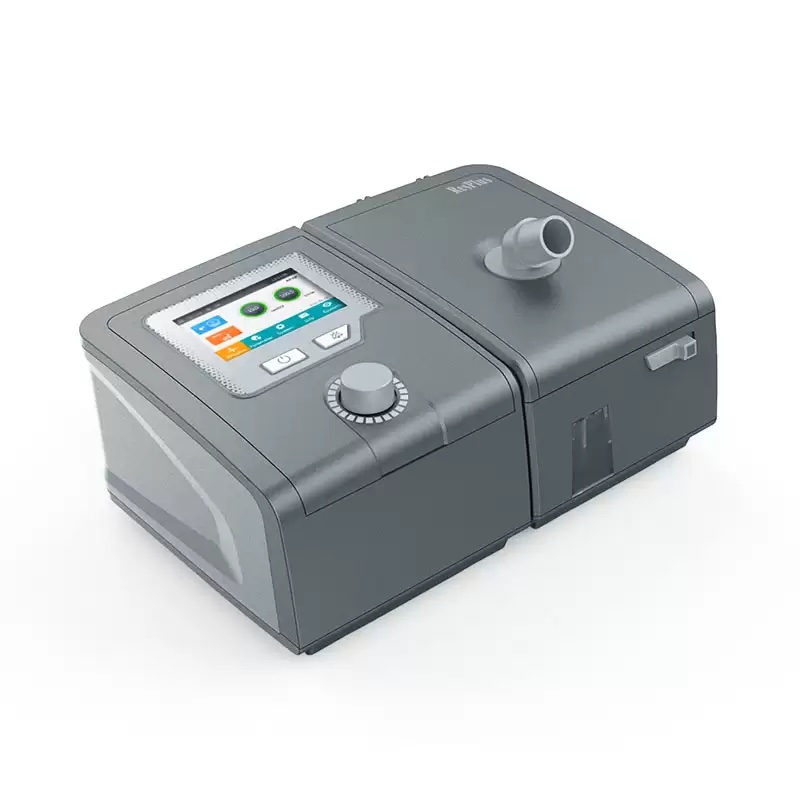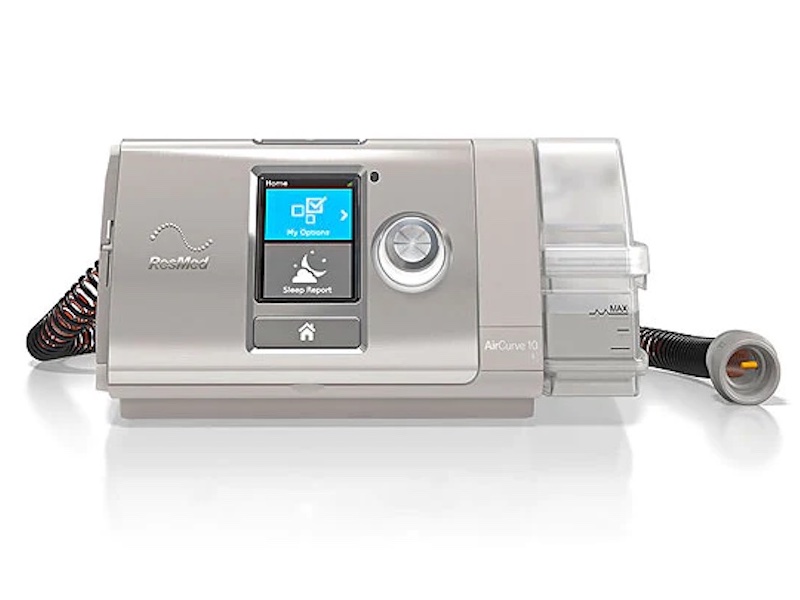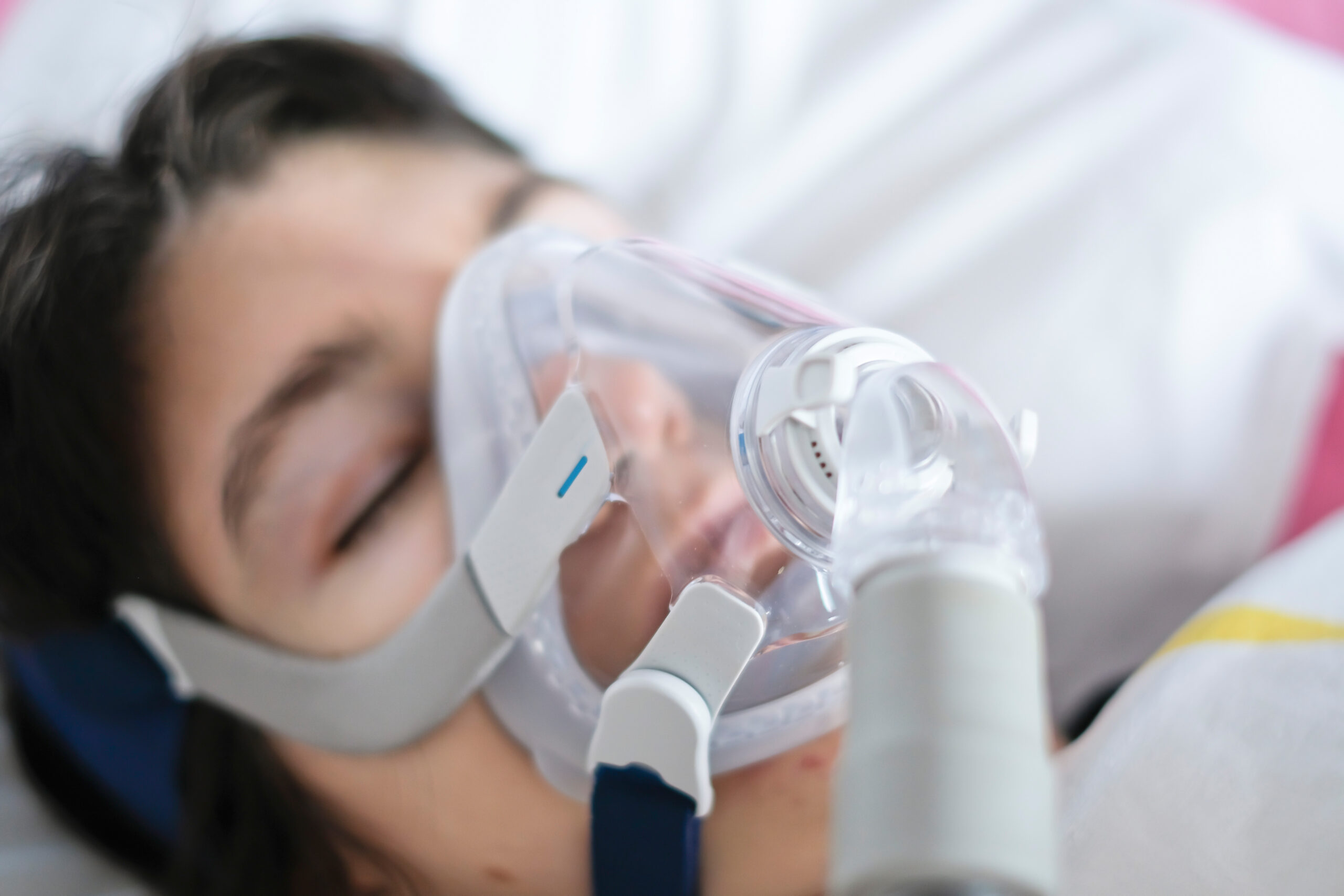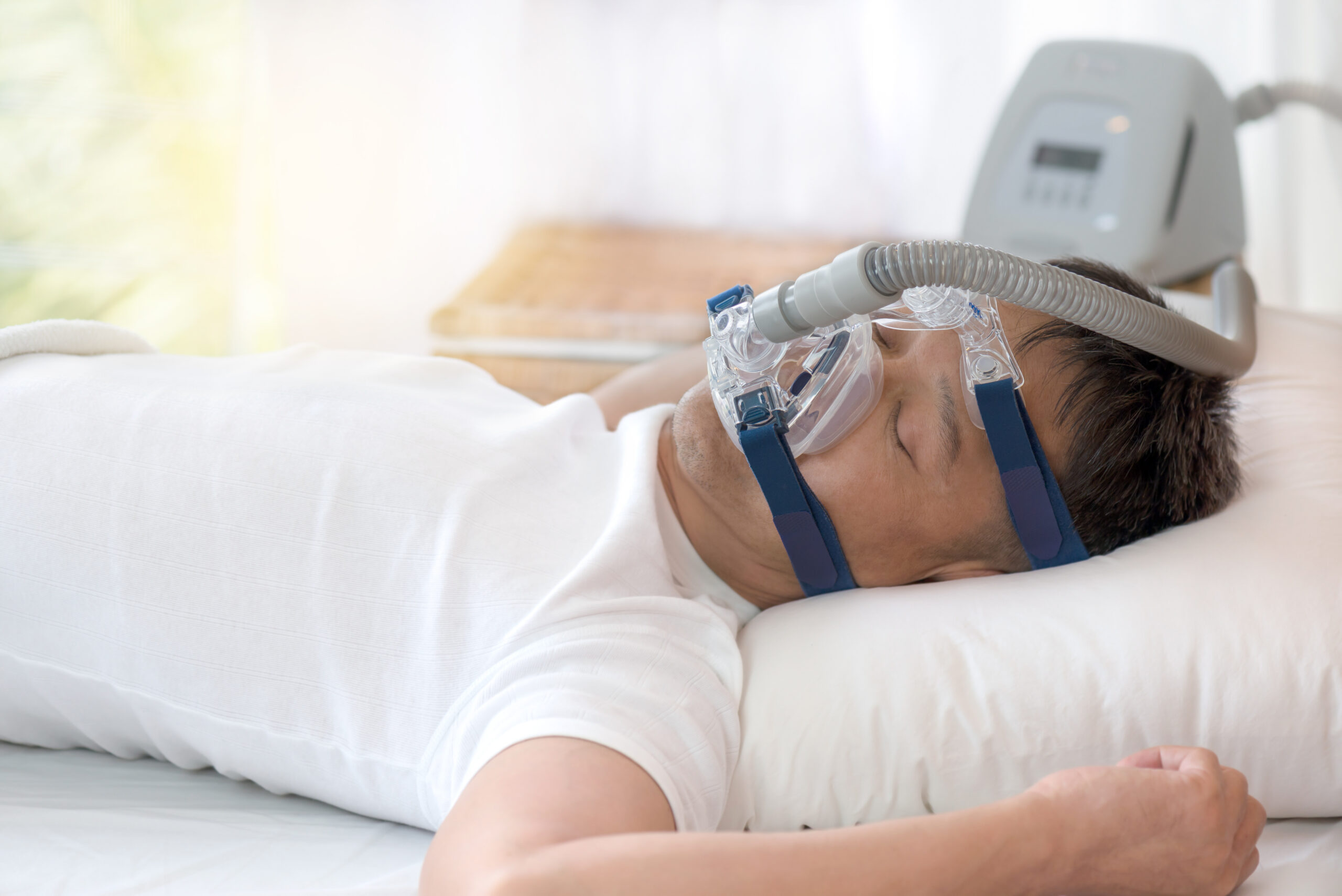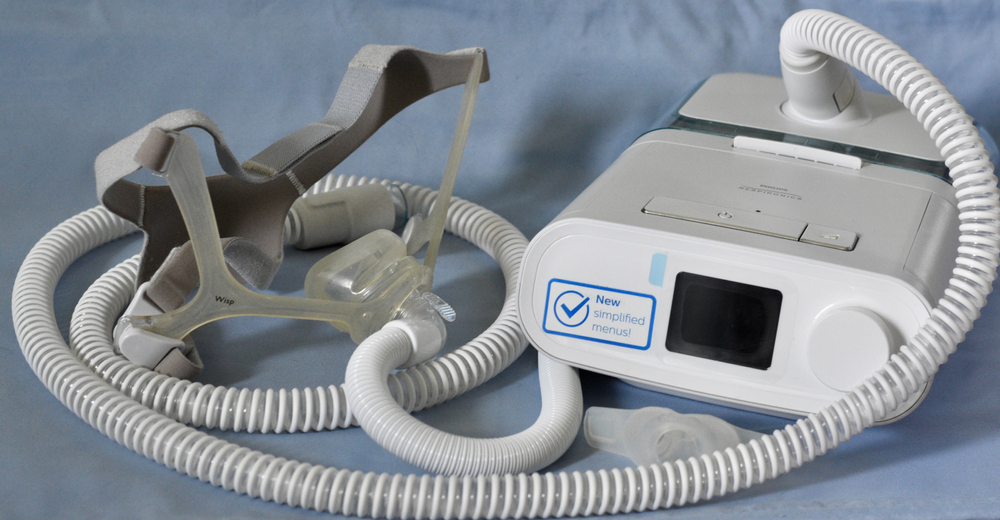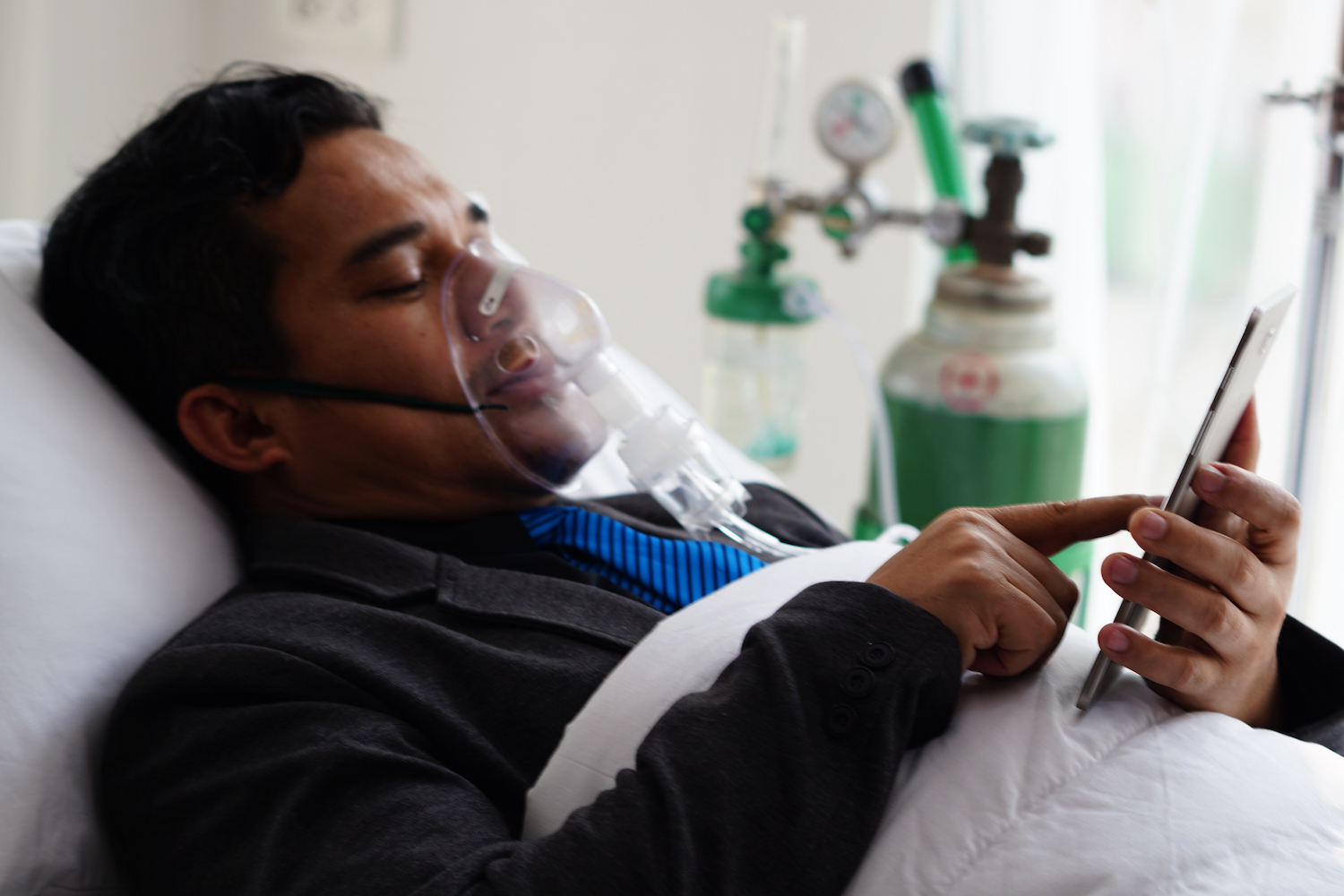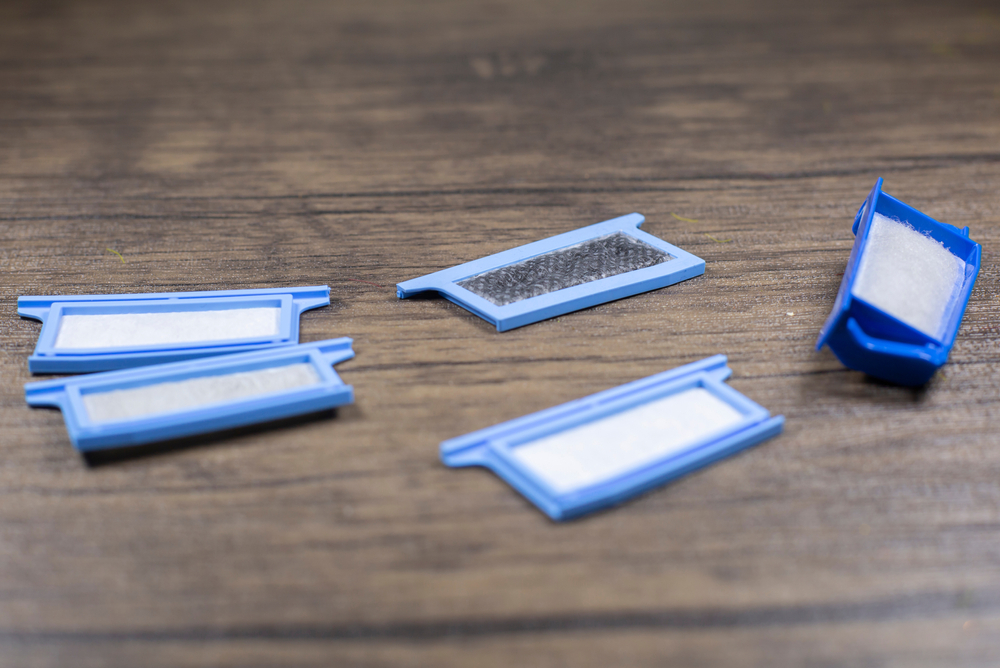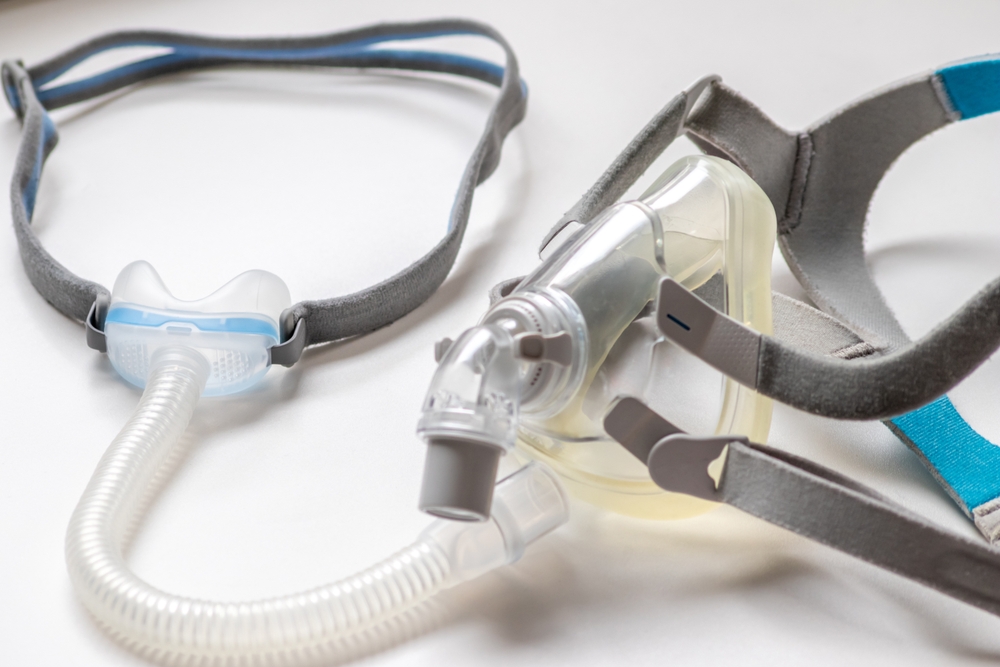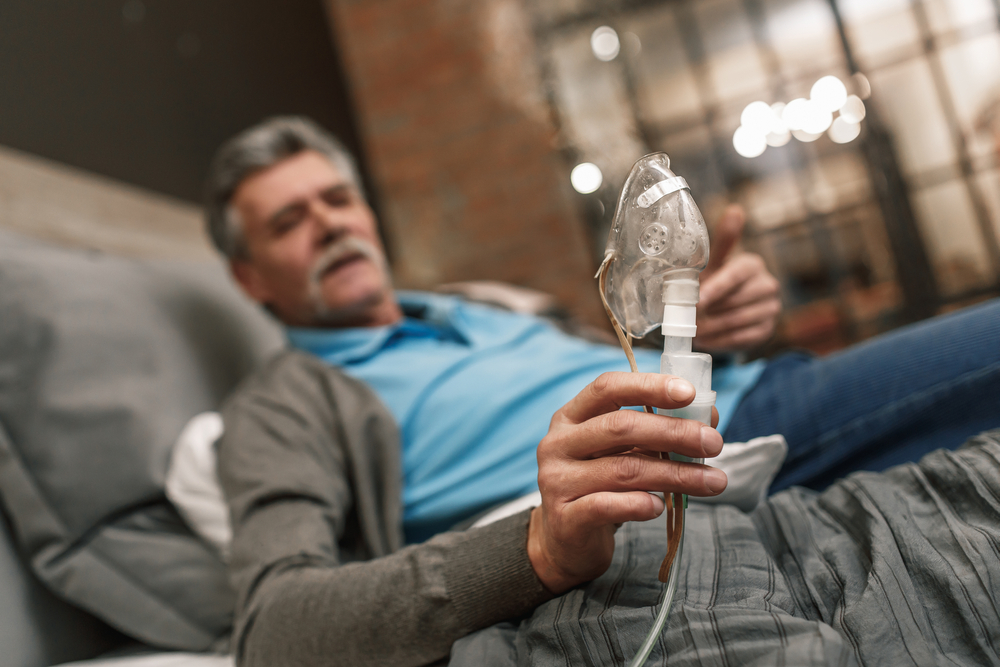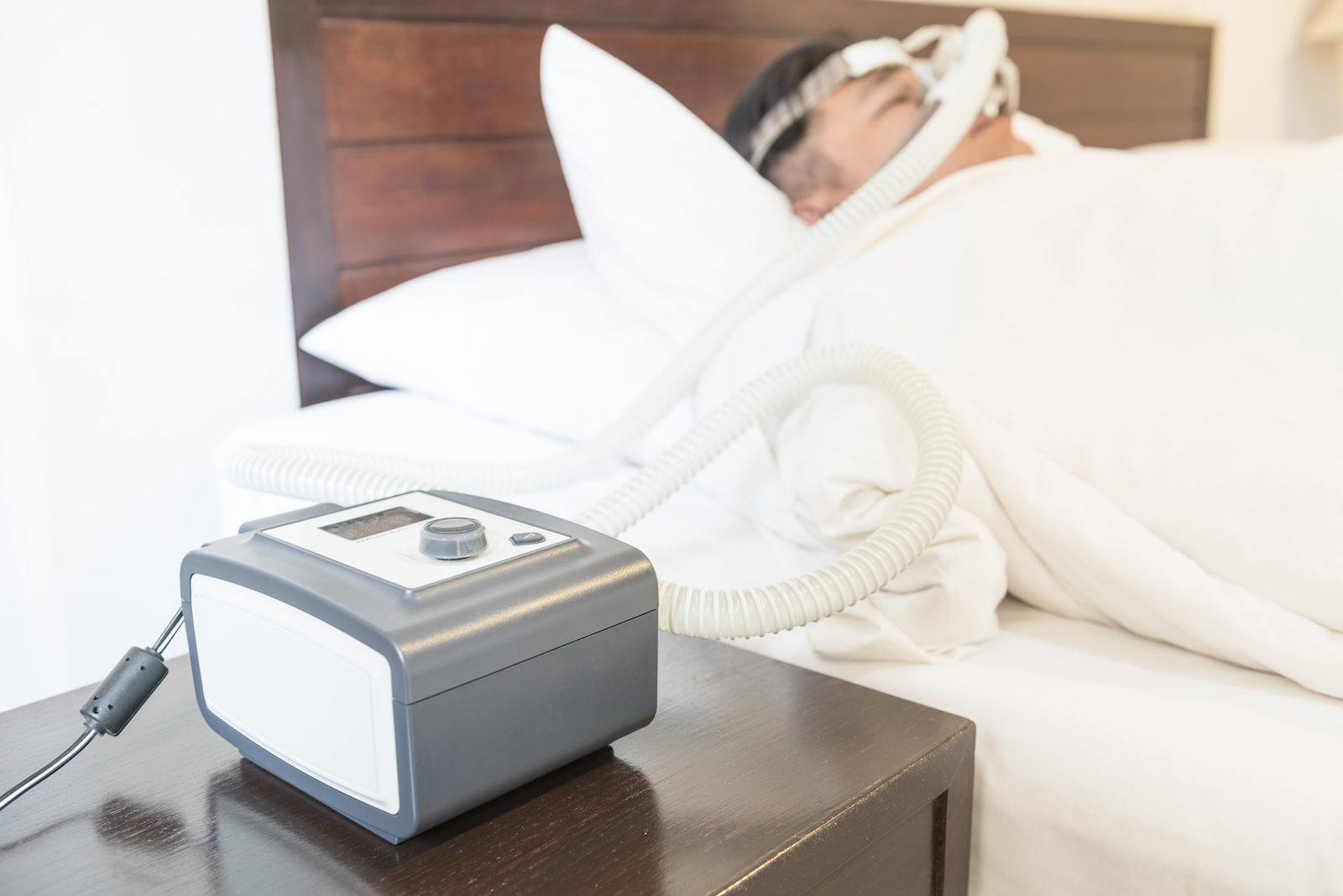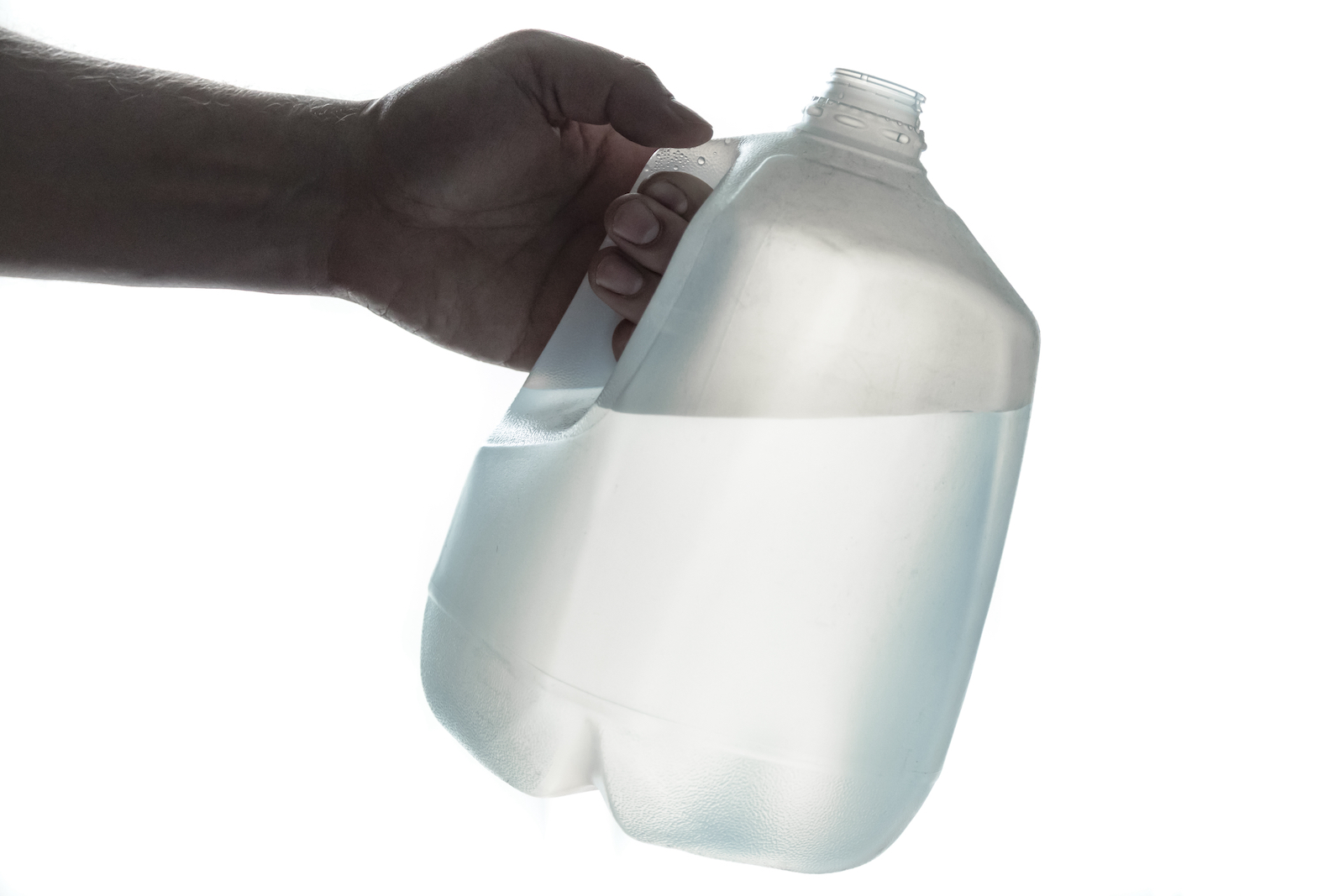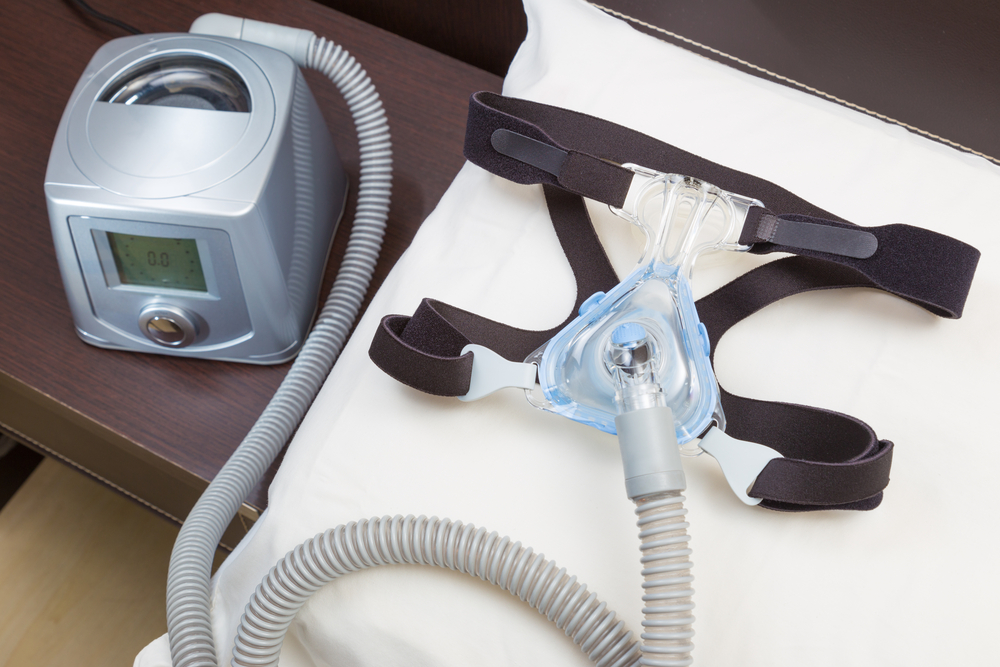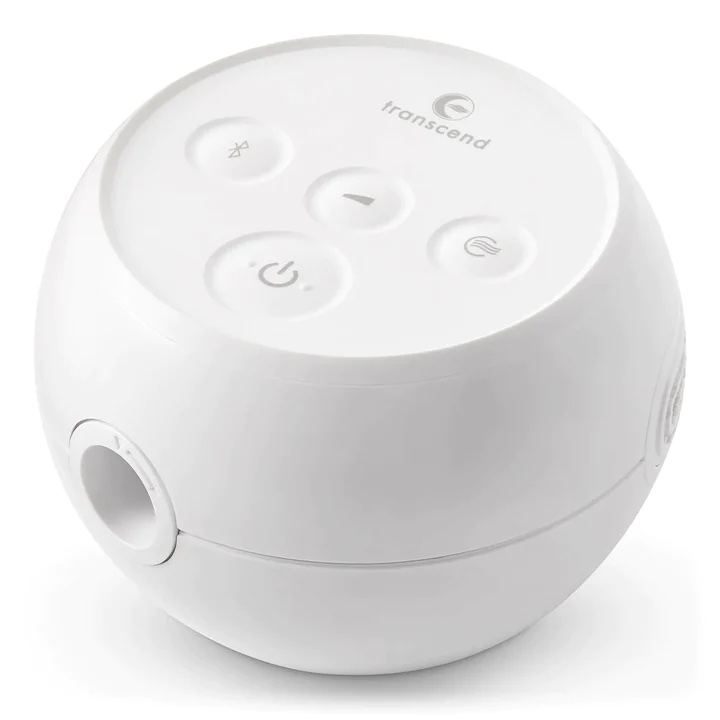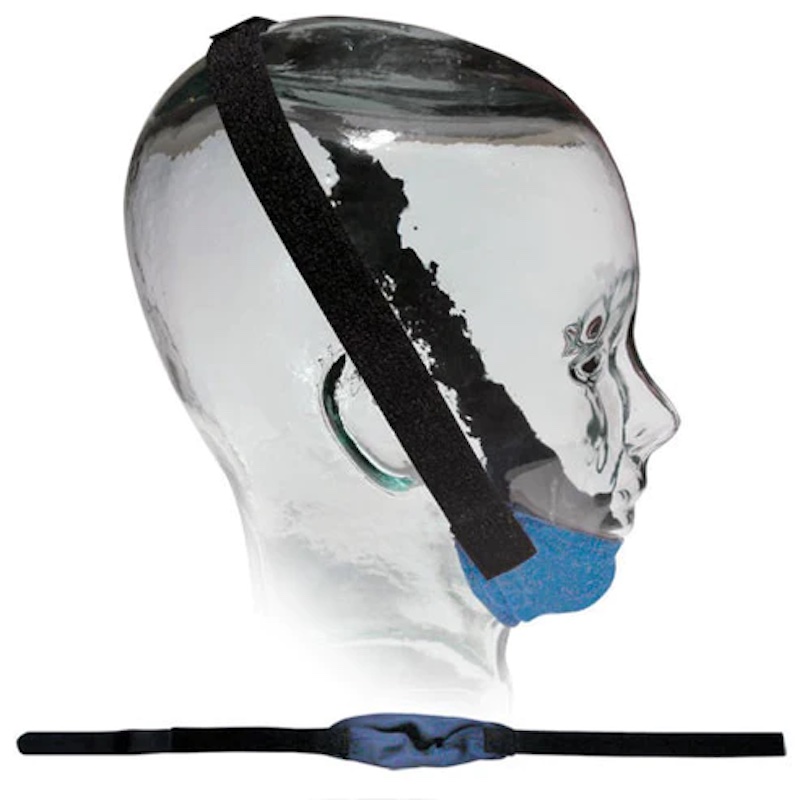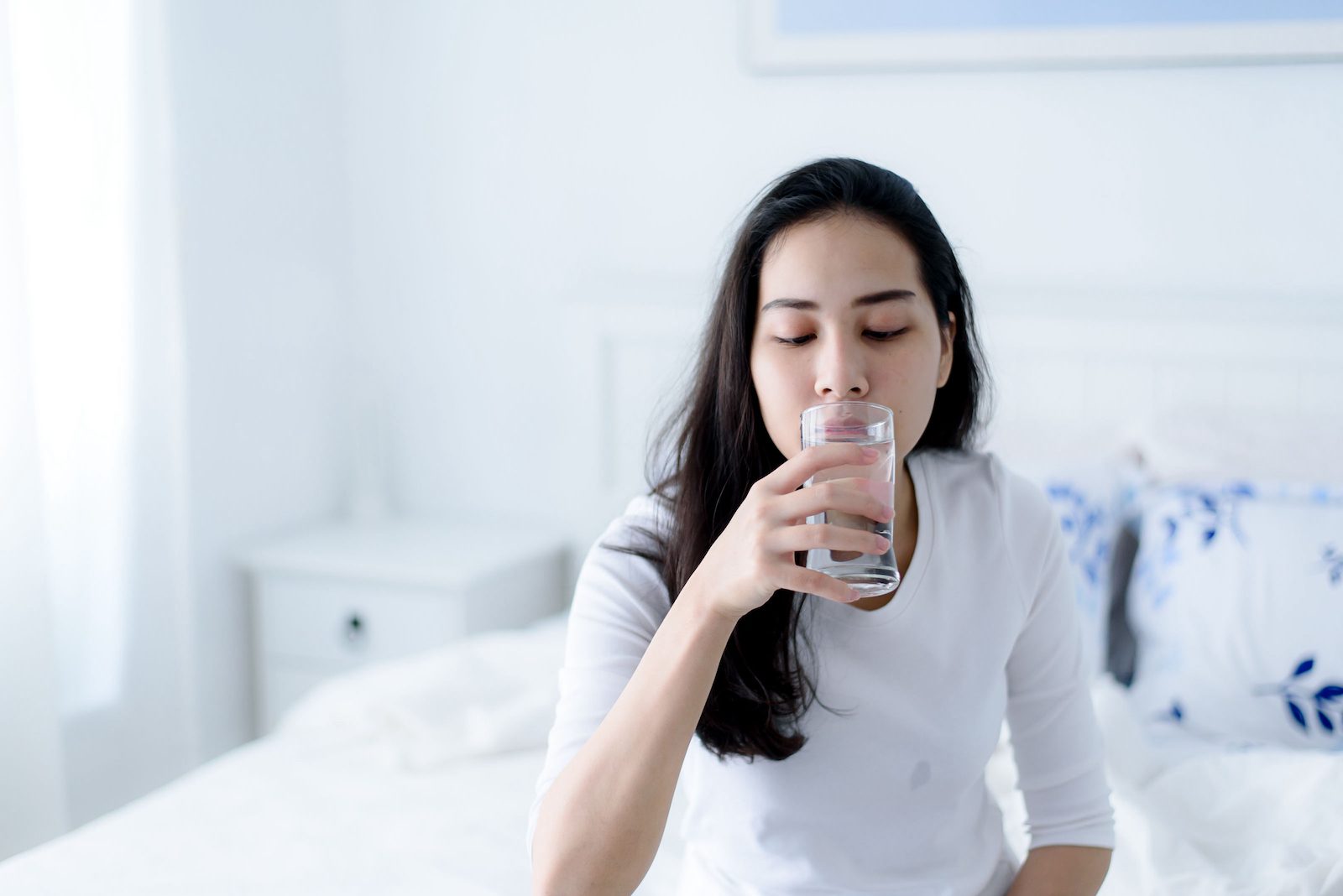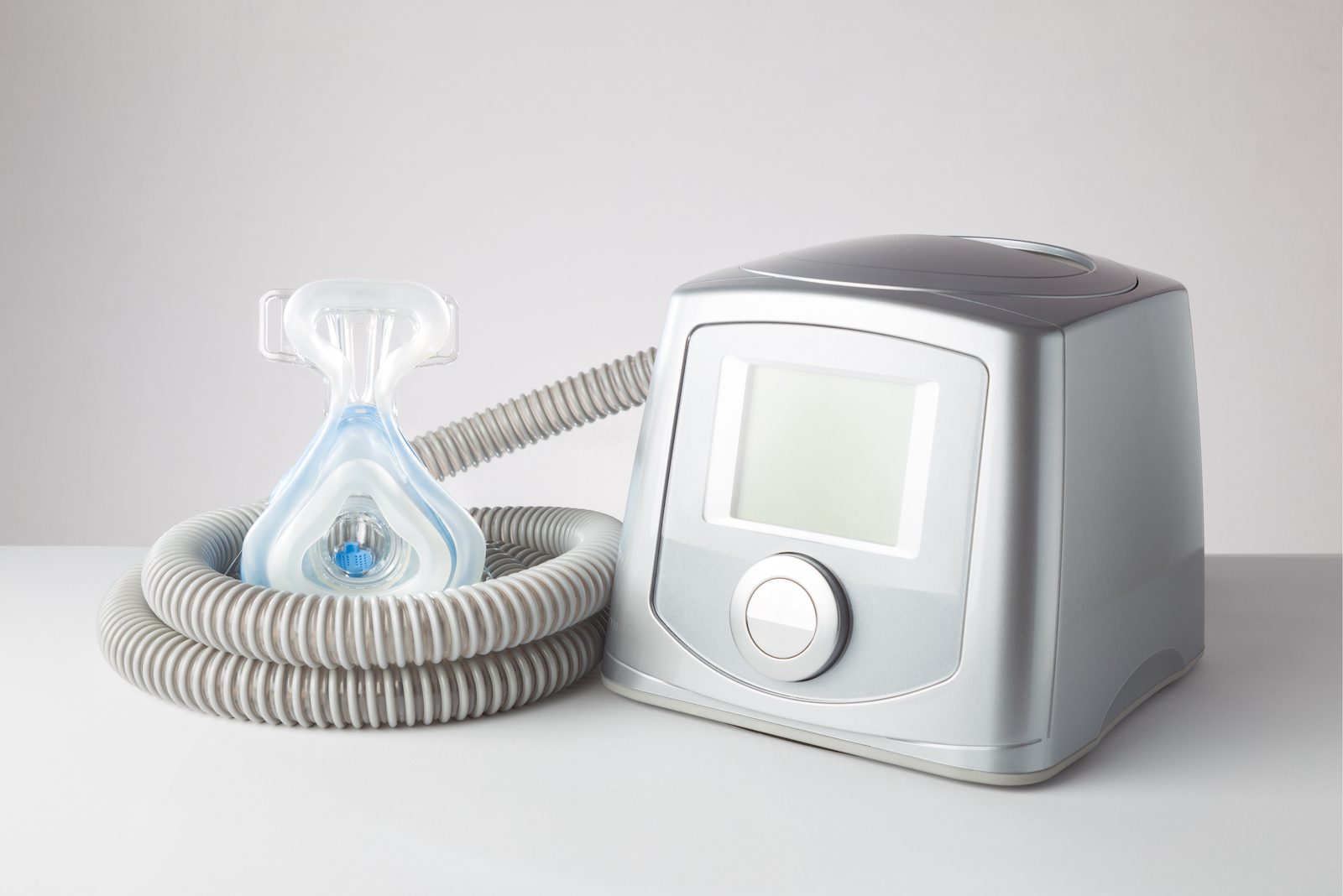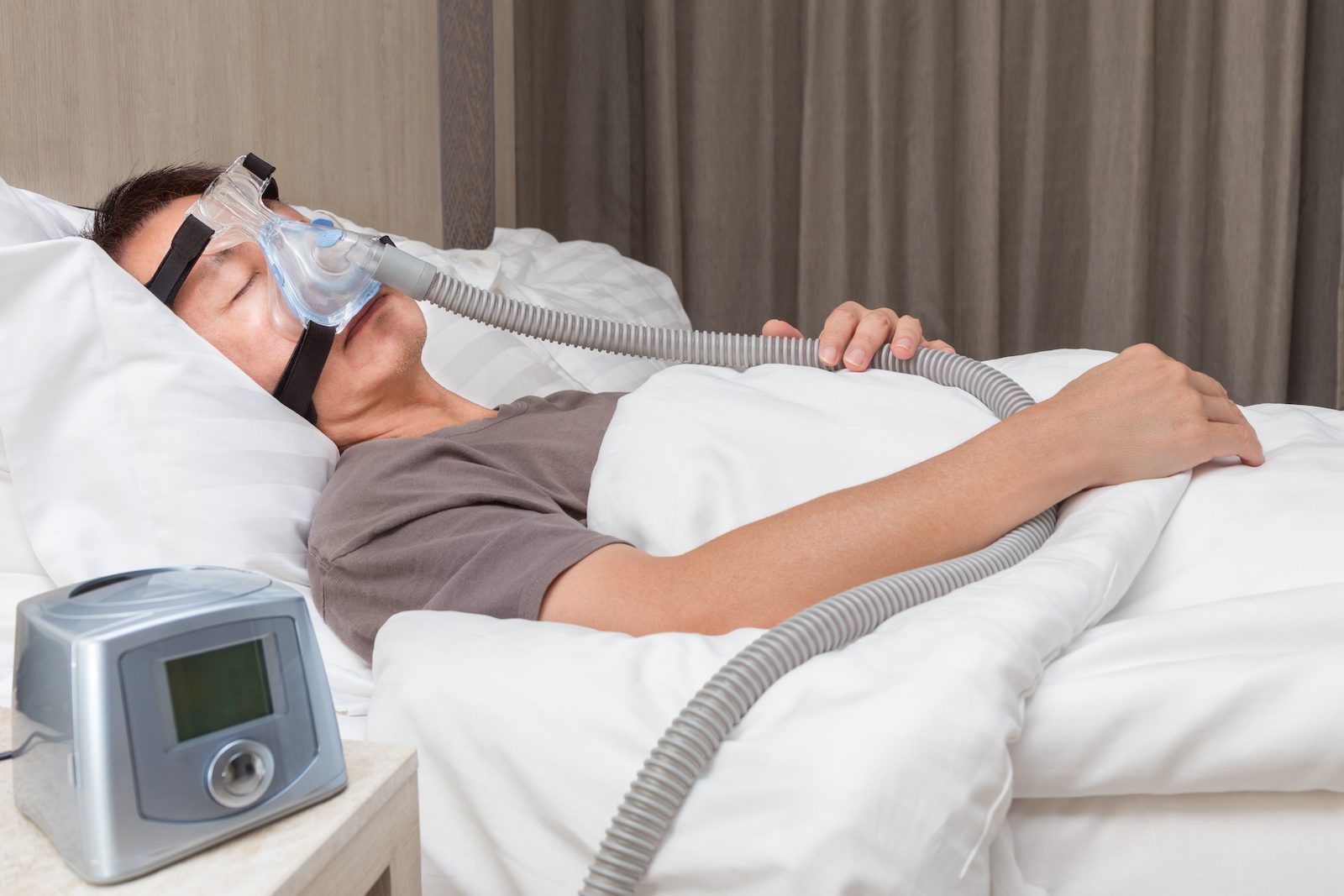A micro-CPAP device is a continuous positive airway pressure (CPAP) device concept that's small enough to fit in the palm of a person's hand. Although not yet available for purchase, the micro-CPAP is under development to treat obstructive sleep apnea (OSA). OSA is a disorder that occurs when the airway recurrently becomes partially or completely blocked during sleep, leading to disturbances in airflow and sleep continuity.
What Is a Micro-CPAP Device?
A micro-CPAP device is a small obstructive sleep apnea treatment option that is in development. The device is not yet approved by the Food and Drug Association (FDA) or available for sale.
Should this device become available, sleepers with OSA would be able to use the device without requiring a hose or traditional bedside CPAP machine. Instead, the device would fit inside the nose, using silicone nose buds, creating a seal in the nostrils. The device is battery-powered and is only meant for a single use, though a future design may involve a rechargeable battery.
Continuous positive airway pressure (CPAP) is the gold standard OSA treatment. A traditional CPAP machine includes the following components:
- A tabletop machine that connects to an electrical outlet and generates a continuous flow of air
- A hose that connects the machine to a mask to deliver the pressurized air
- A mask that fits securely over the sleeper’s nose or nose and mouth
- Straps to secure the mask to the sleeper’s face
- A filter to clean the air entering the mask
A traditional CPAP machine requires the user to connect the components, fill the humidifier with distilled water, secure the facial mask, and turn on the machine. Sleepers also need to regularly maintain the CPAP components. Air filters need to be replaced intermittently and the hose, water chamber, and mask need to be cleaned.
In contrast, the current design of the entire body of the micro-CPAP device rests under the nose and above the mouth during sleep. The device would contain a small, lightweight battery, designed for 8 hours of battery life. As a result, the micro-CPAP wouldn’t require an external power source, a hose, or a mask, which means it wouldn’t require regular maintenance.
How Does a Micro-CPAP Machine Work?
Micro-CPAP devices would operate by using hundreds of micro-blowers, which would generate power using an electrostatic charge. The micro-blowers would open and close to create pressurized air, which would treat OSA by creating positive airway pressure.
Micro-CPAP devices are being developed to eliminate the need for larger CPAP machines and potentially uncomfortable face masks. Traditional CPAP machines are meant to be used nightly, with minimum compliance defined as at least four hours per night for at least five nights per week. However, anywhere from 30 to 80 percent of people do not use their CPAP machines this often.
Do Micro-CPAP Devices Successfully Treat Sleep Apnea?
Since they are still in the development phase, it is unknown how effectively micro-CPAP devices will treat obstructive sleep apnea, or if the design concept is even plausible
Several features of micro-CPAP devices appear to be lacking in comparison to traditional CPAP machines.
Humidity Control
The current micro-CPAP device design does not include humidification to address nasal dryness. The manufacturer states humidification isn't needed, because the device doesn't blow excessive air into the nose. It should be noted that in order to be effective, a micro-CPAP likely would need to administer similar pressures to traditional CPAP devices.
The majority of traditional CPAP machines come equipped with built-in humidifiers to address the common complaint of dry nose and dry mouth among CPAP users. Many CPAP machines also offer heated humidification, which actively warms the humidifier water to provide warm and moisturizing air during therapy.
Pressure Settings
It's unknown if micro-CPAP devices will be capable of offering a range of air pressure settings comparable to those of a traditional CPAP machine.
When initiating CPAP therapy, a doctor prescribes a CPAP pressure setting tailored to the specific needs of each sleeper, commonly expressed in centimeters of water pressure (cm H2O). The typical range for traditional CPAP pressure settings spans from 4 cm H2O to 20 cm H2O. One study demonstrated that the majority of CPAP users are prescribed a pressure setting between 8 and 10 cm H2O.
The company developing micro-CPAP technology claims the device will be able to reach a pressure above 20 cm H2O, but a February 2020 update revealed they are having difficulty creating the needed pressure. In recent developments, the microblowers exhibited airflow with a pressure of 5 cm H2O, significantly below the level required for most CPAP users.
Pressure Relief Features
The company developing a micro-CPAP device has stated that their initial micro-CPAP devices will be available at set pressure levels. This would mean they could not offer pressure relief or pressure ramp options, which involve changes in air pressure. However, future micro-CPAP devices may have auto-adjusting pressure levels.
Pressure relief is a standard feature on most currently available CPAP machines. This feature reduces air pressure during exhalation to increase comfort, while still keeping the airway open. A pressure ramp is another common CPAP feature. With this feature, air pressure starts low, so the person can more easily fall asleep, then gradually increases to the prescribed pressure level.
Lifespan
A single micro-CPAP device is intended to be used for only one night of sleep, or for eight hours. With proper maintenance, a traditional CPAP machine can be used repeatedly and may last 12 years or more. However, the manufacturer states they may make a micro-CPAP that uses rechargeable batteries in the future, so that device may have a longer lifespan.
Still have questions?
Sleep apnea products can be confusing. If you need individualized assistance, post your question to the Sleep Doctor forum.




